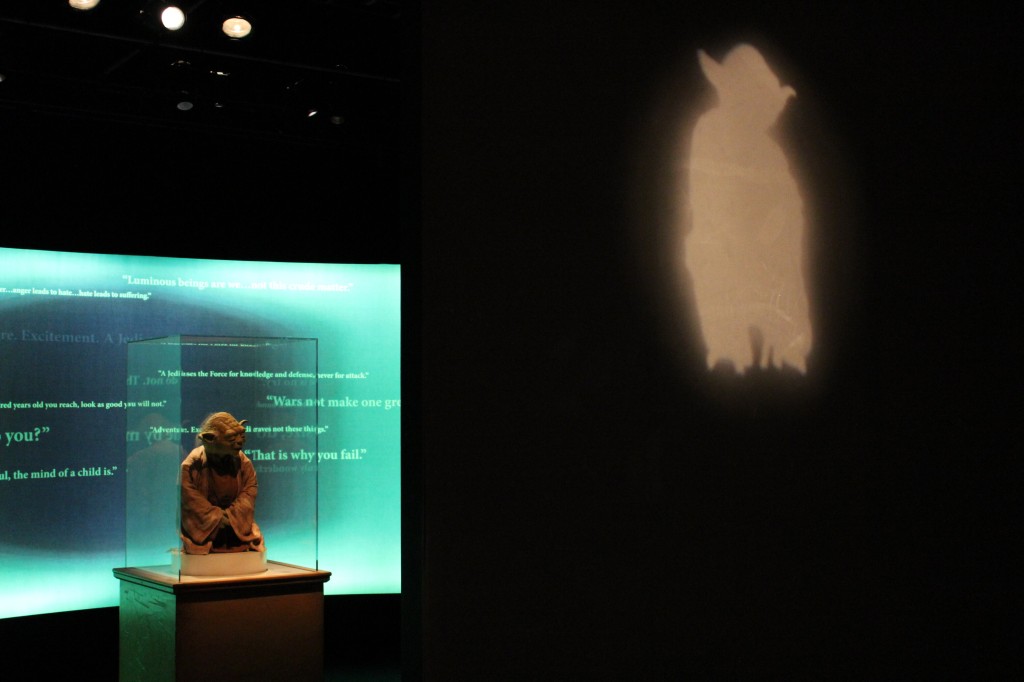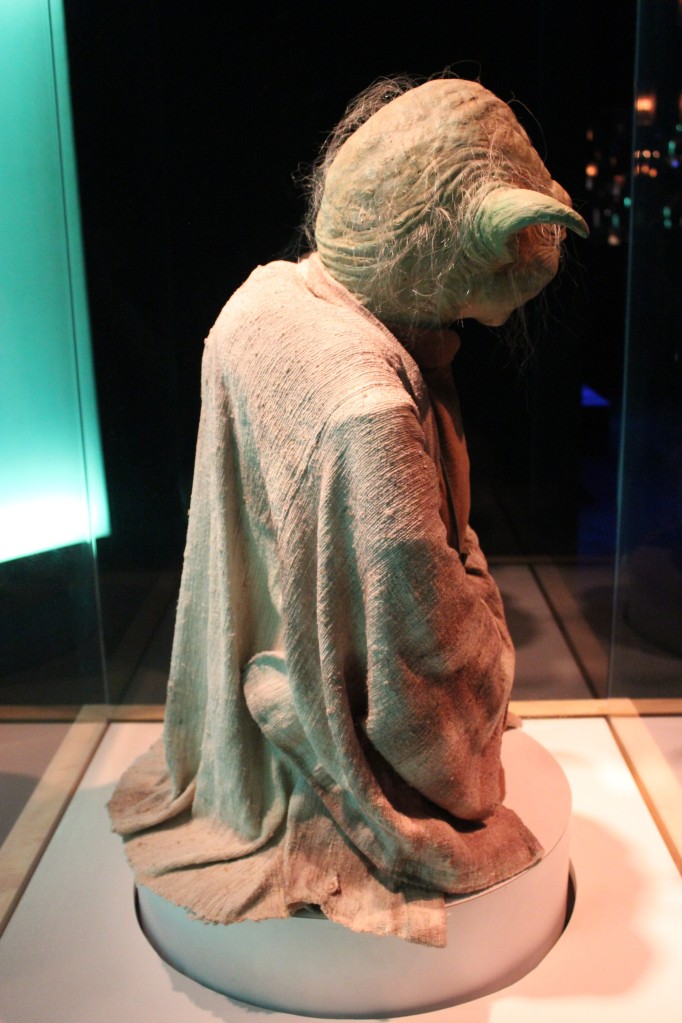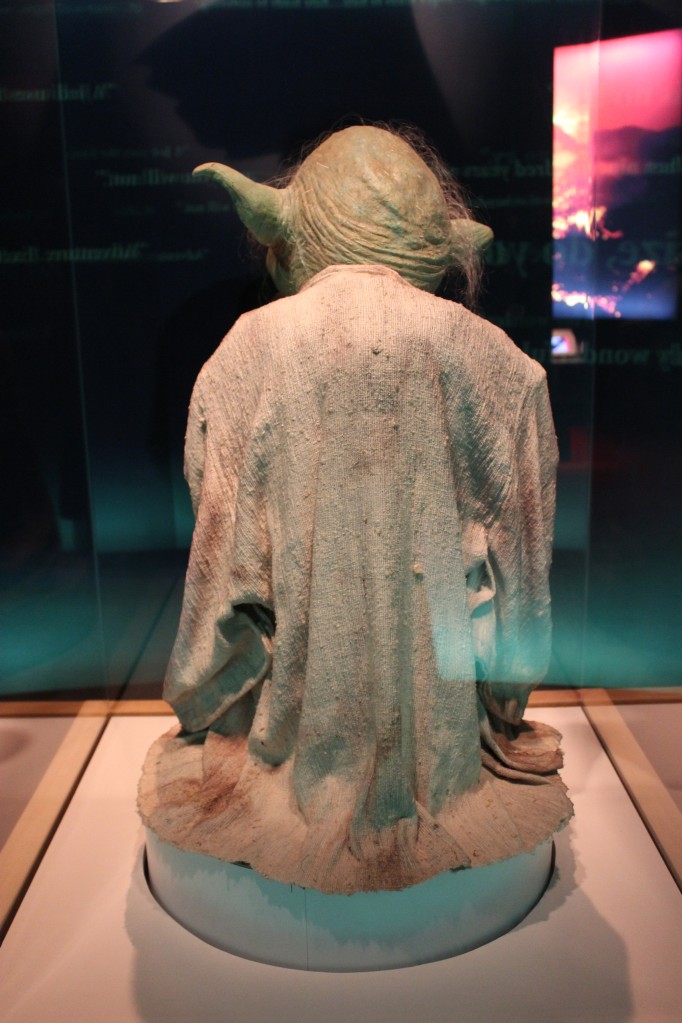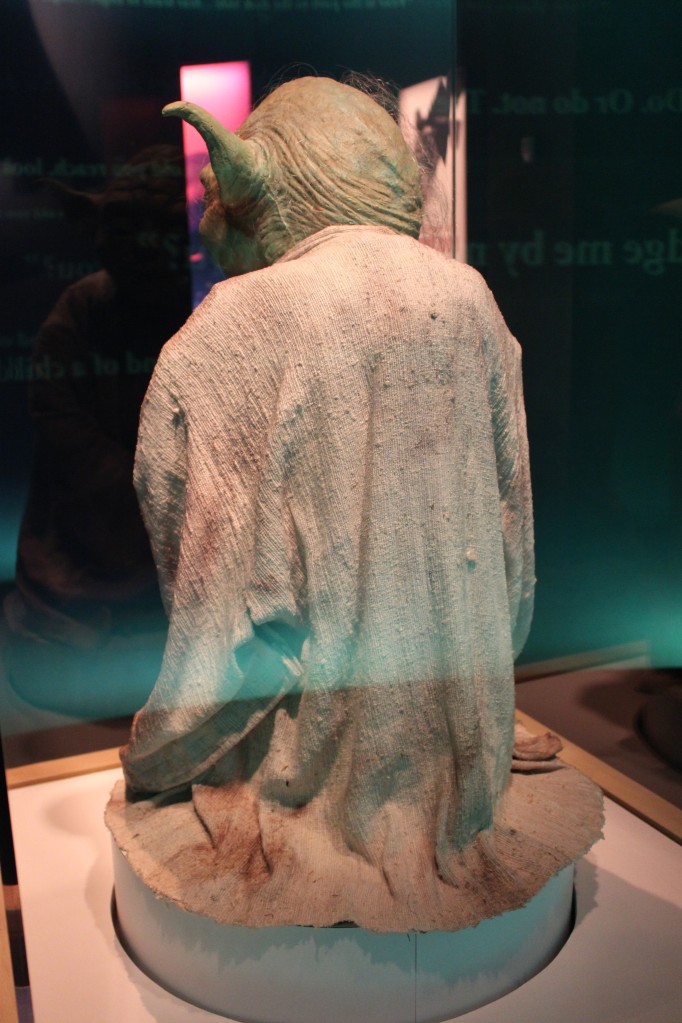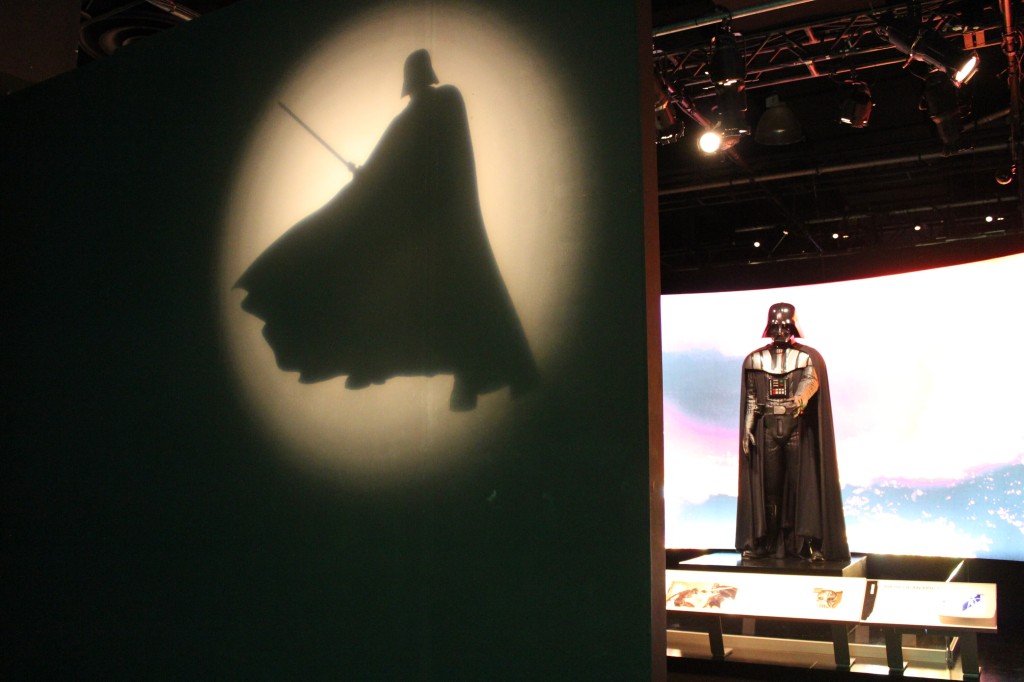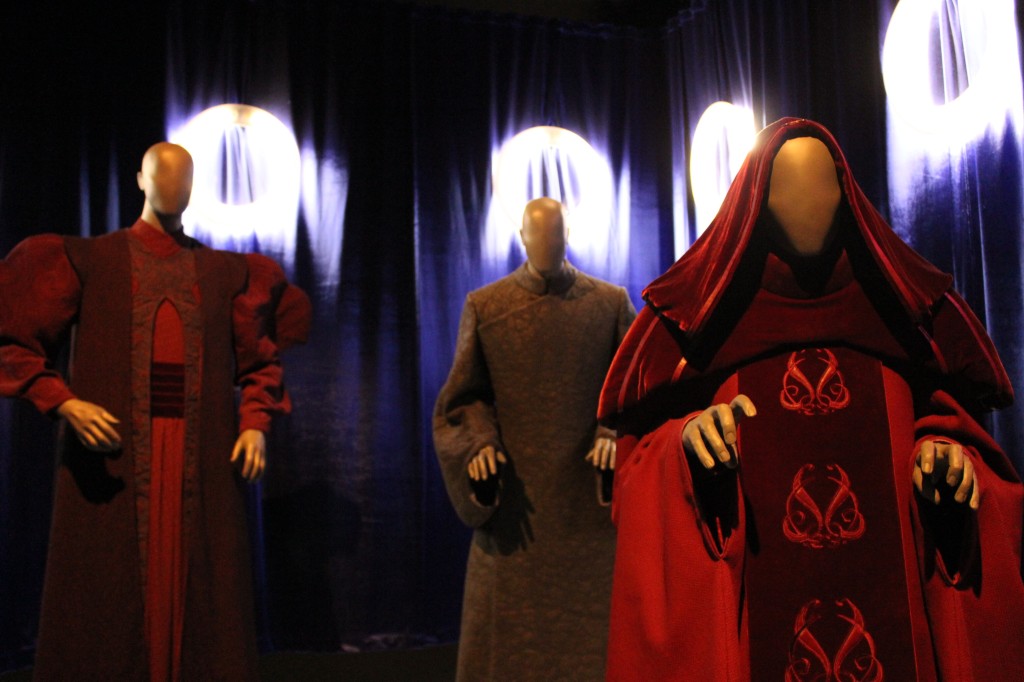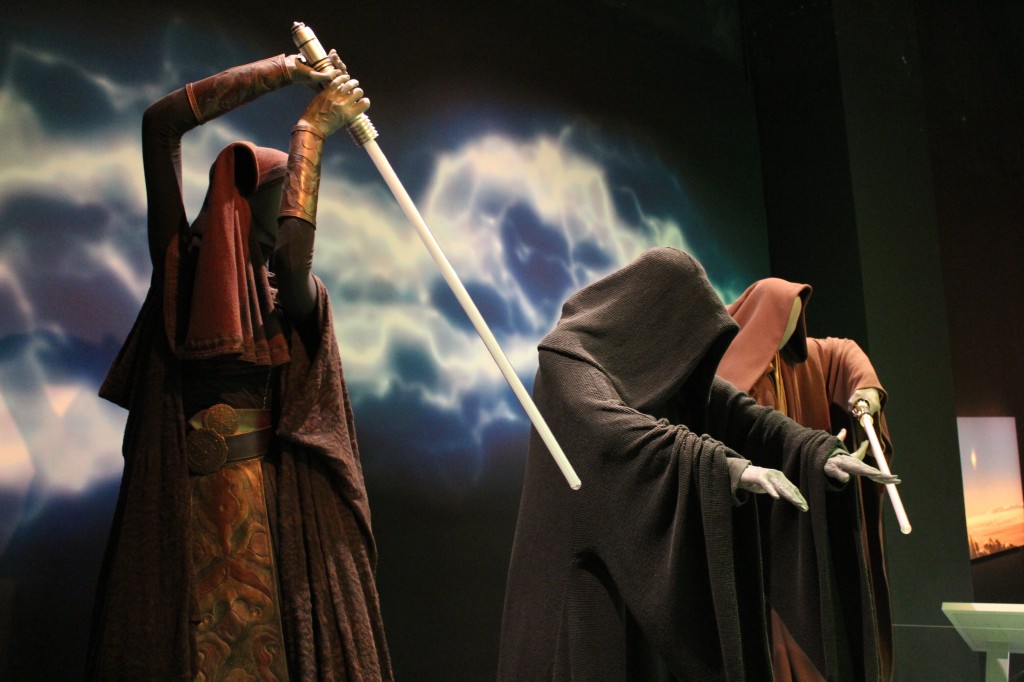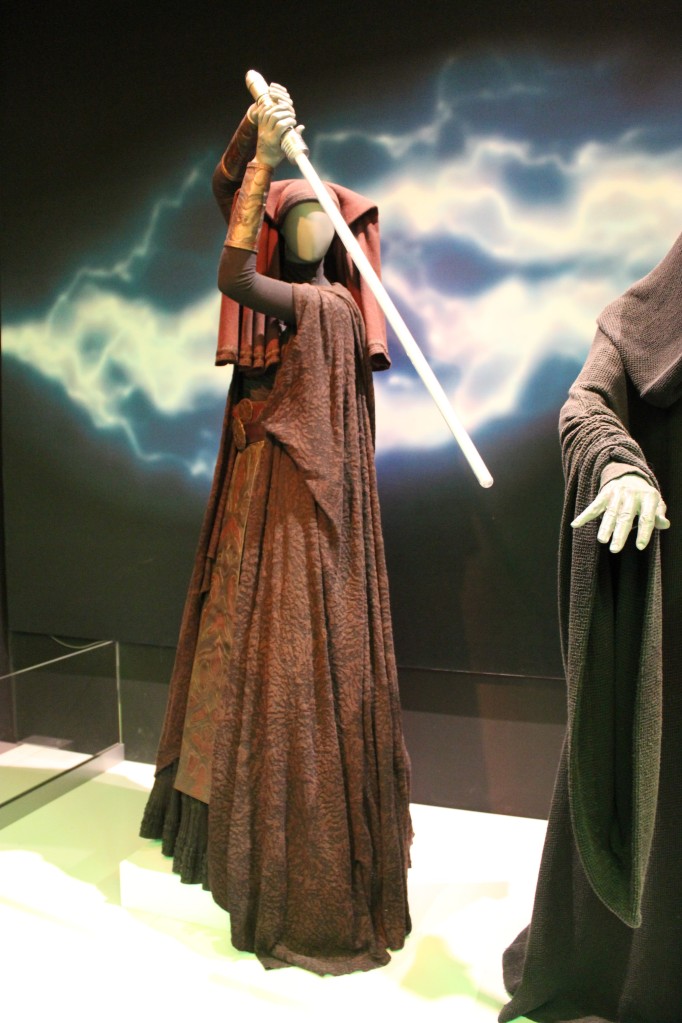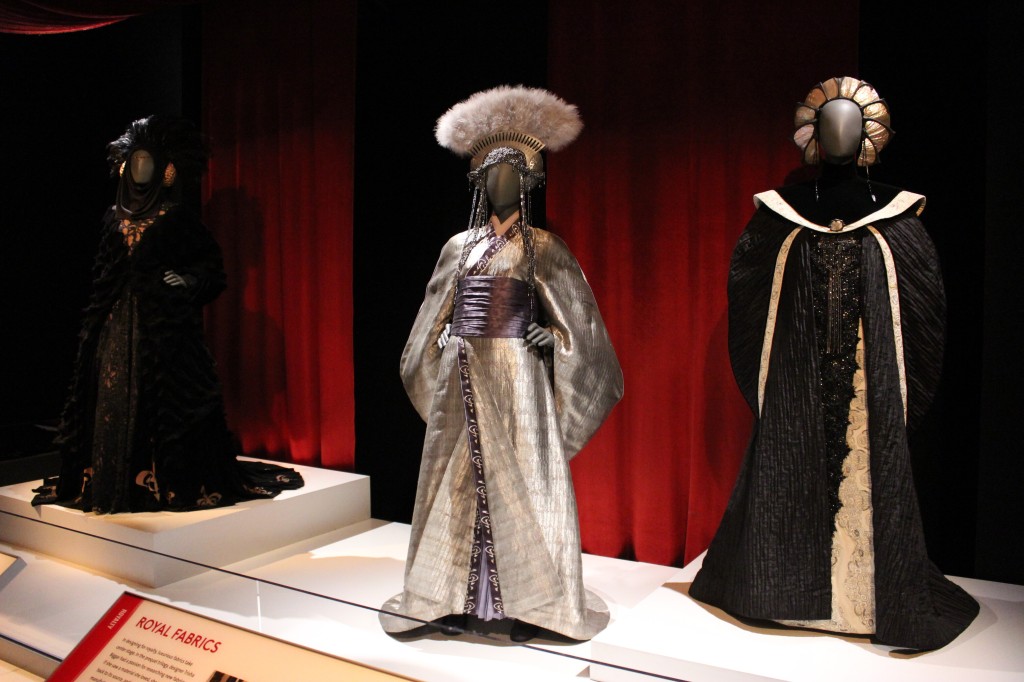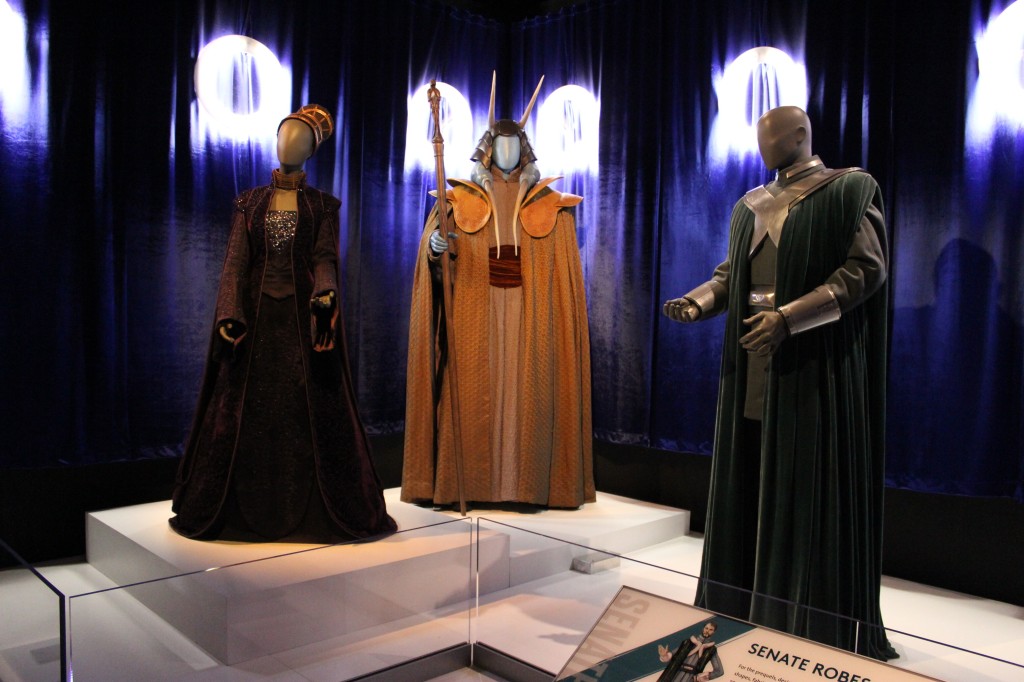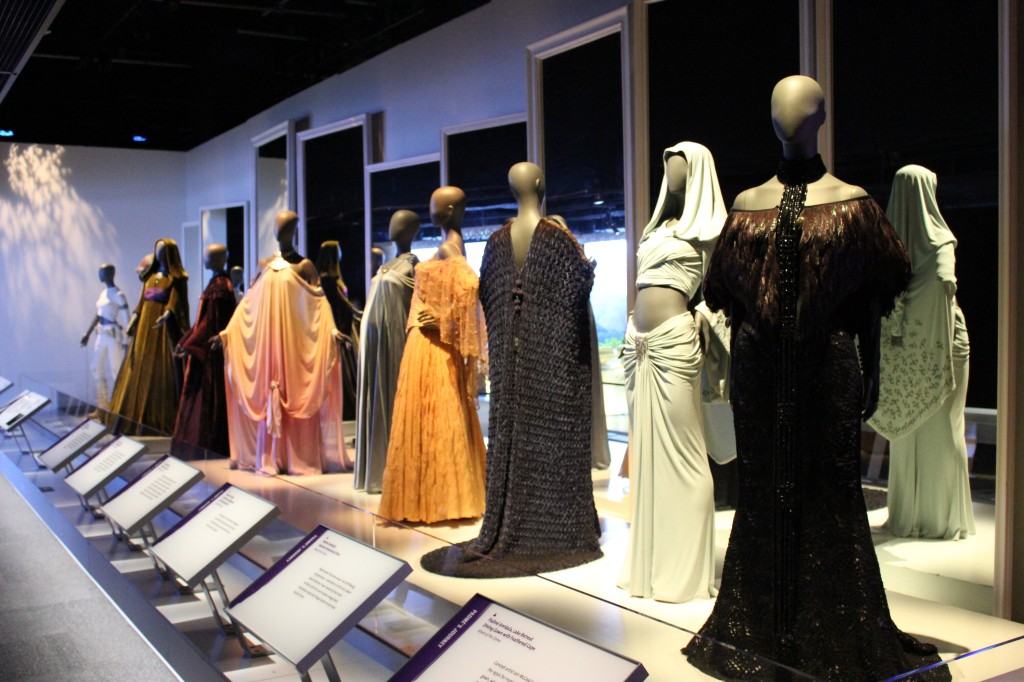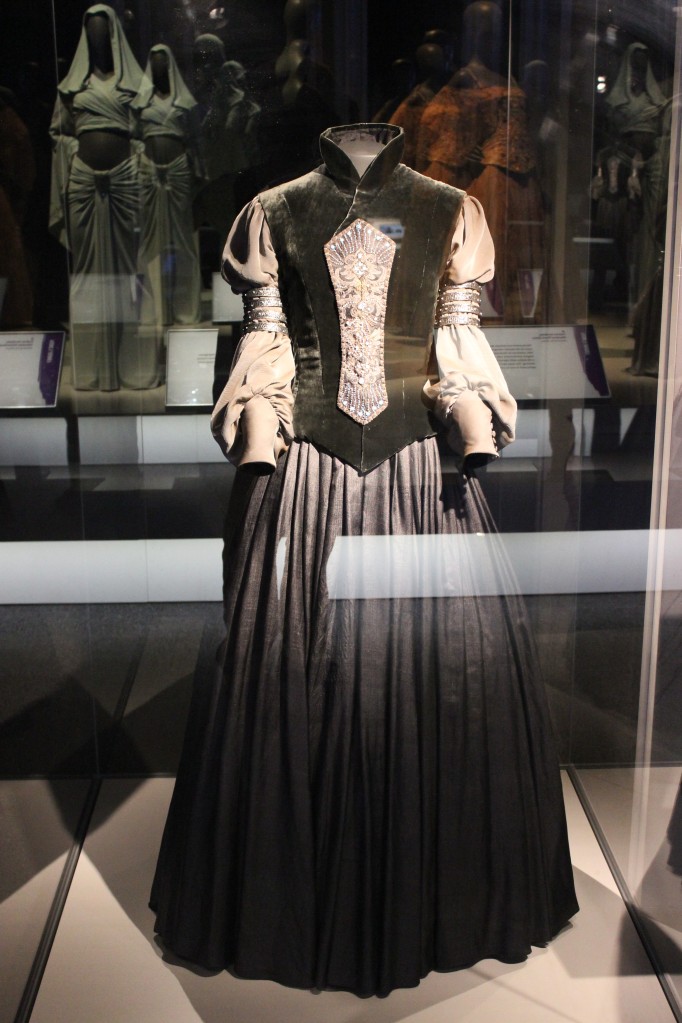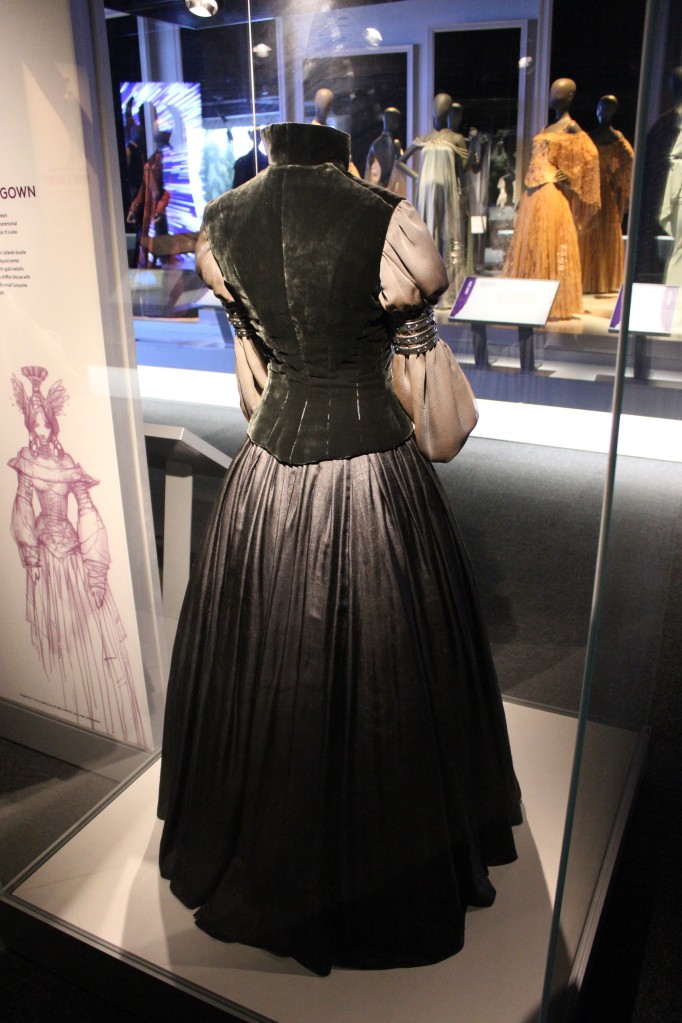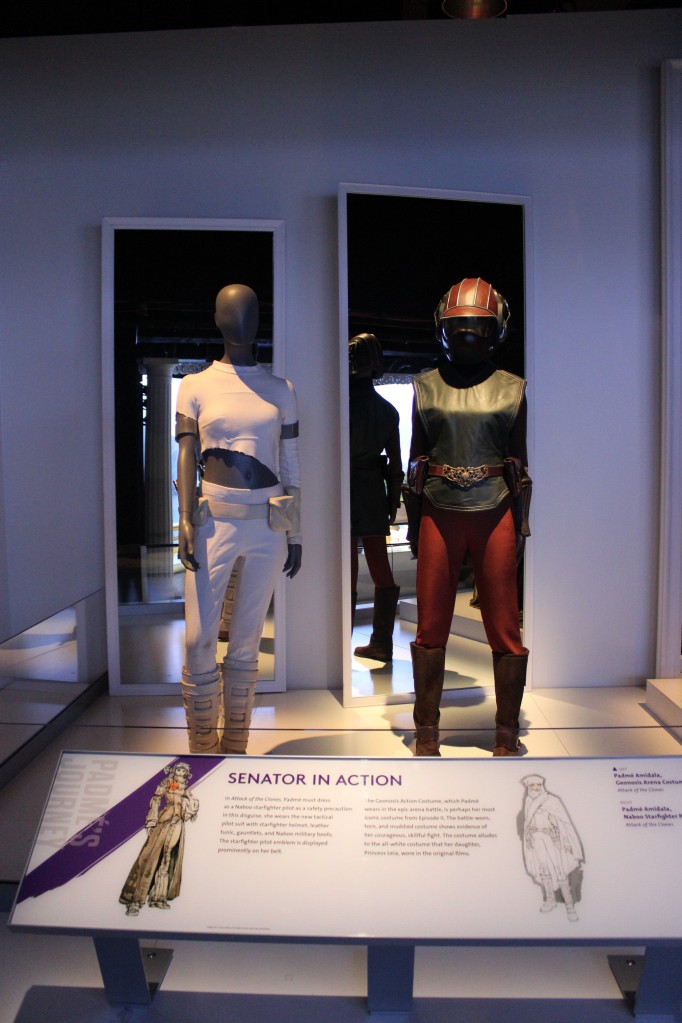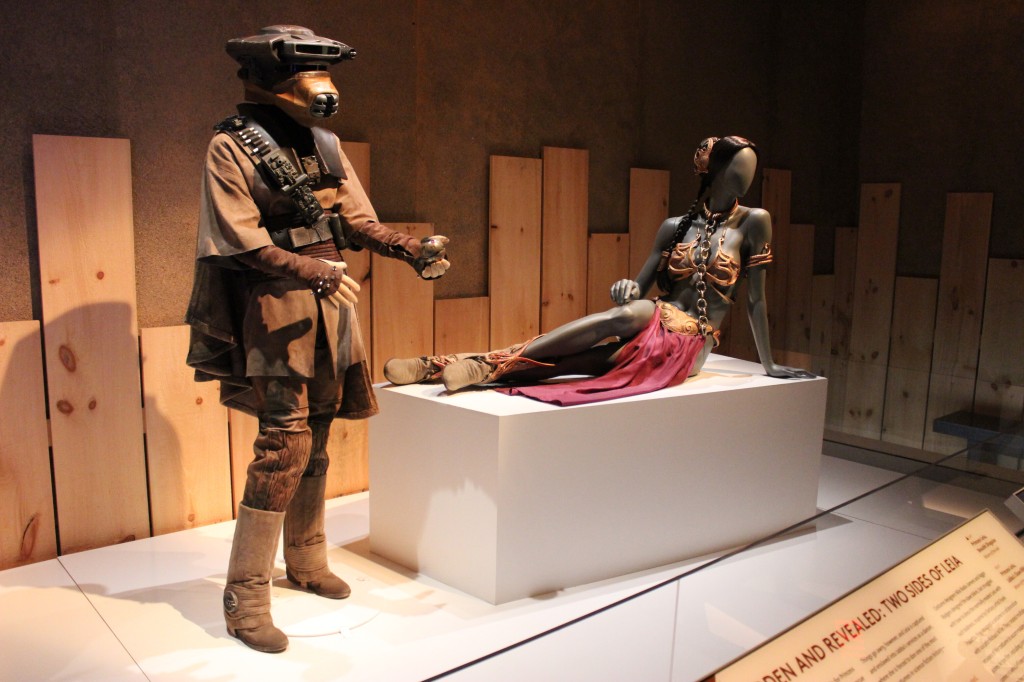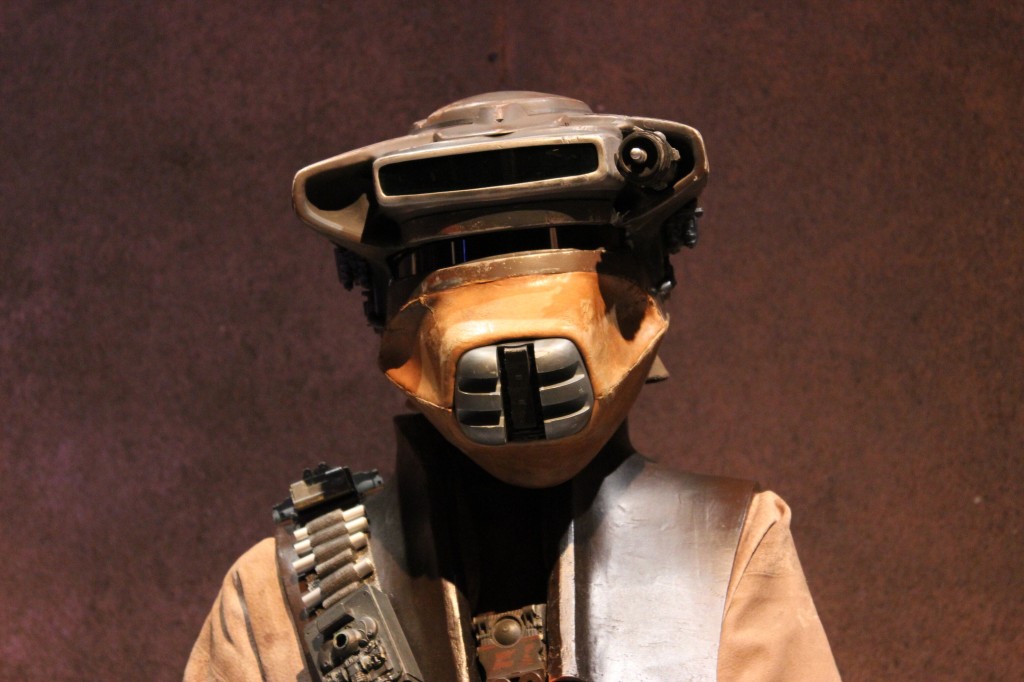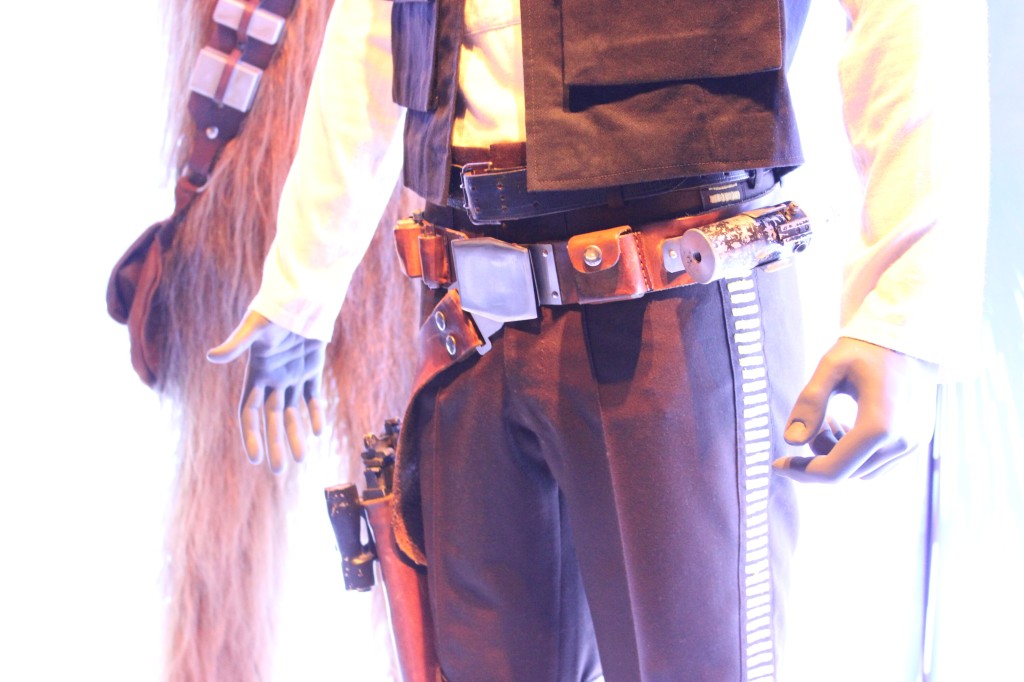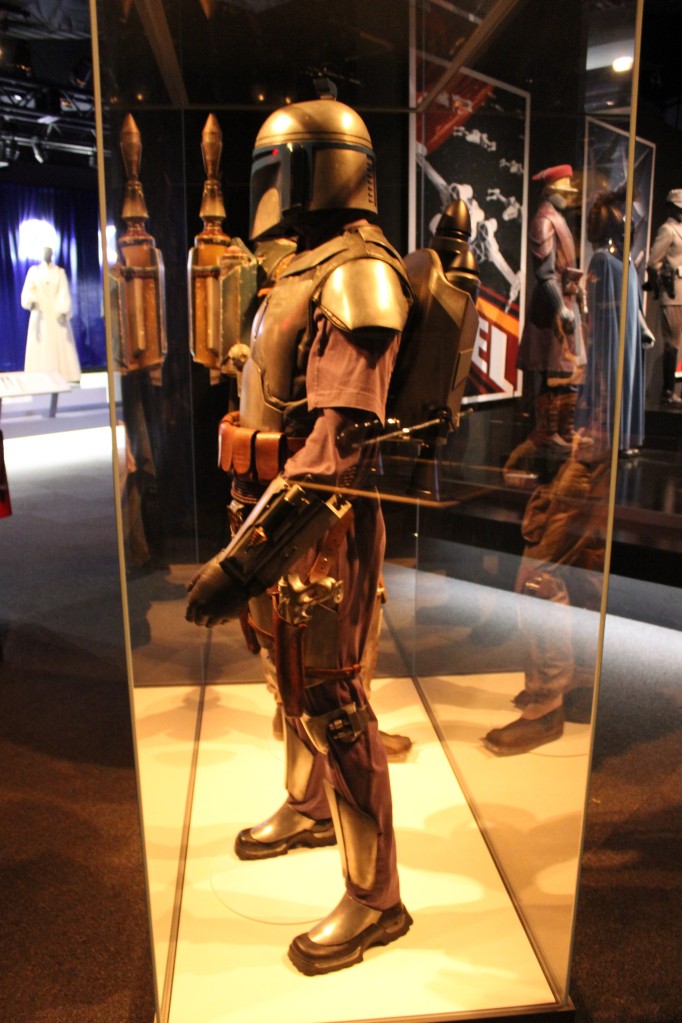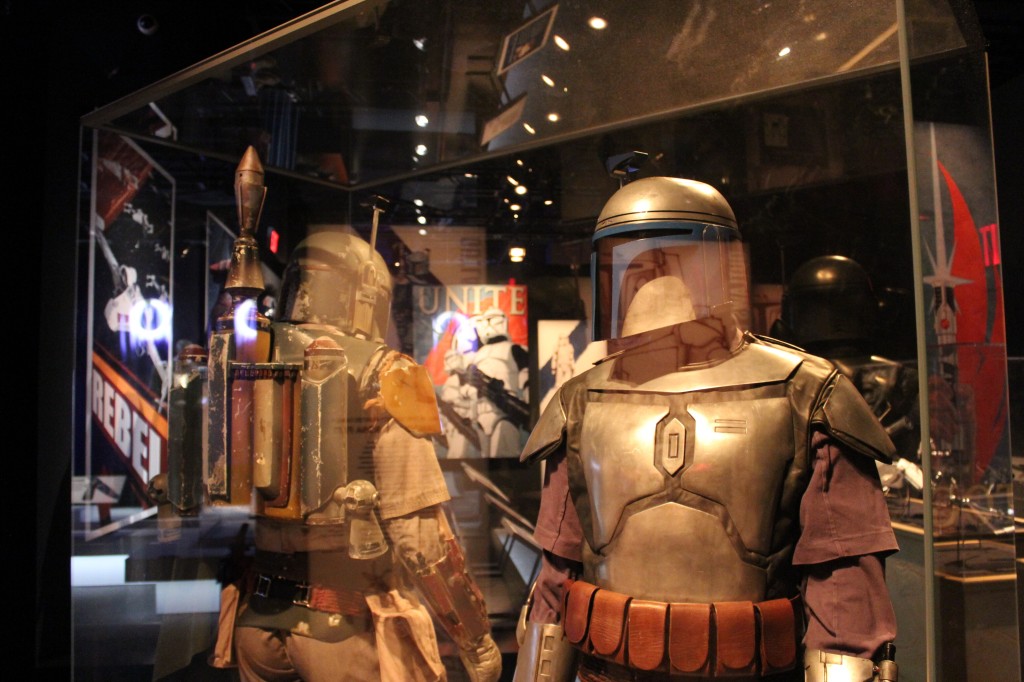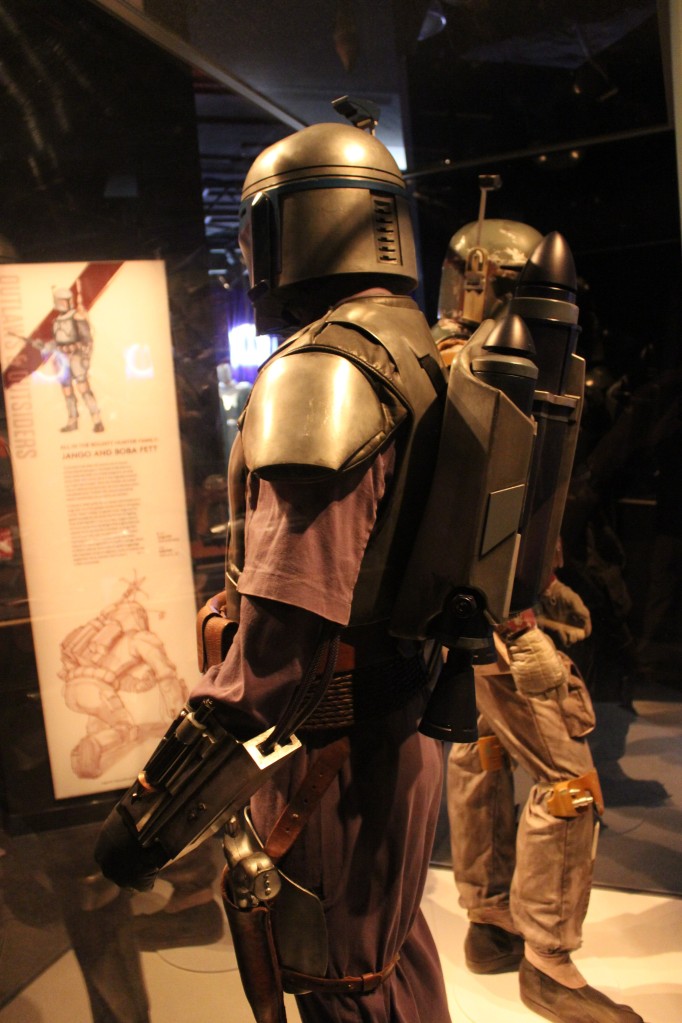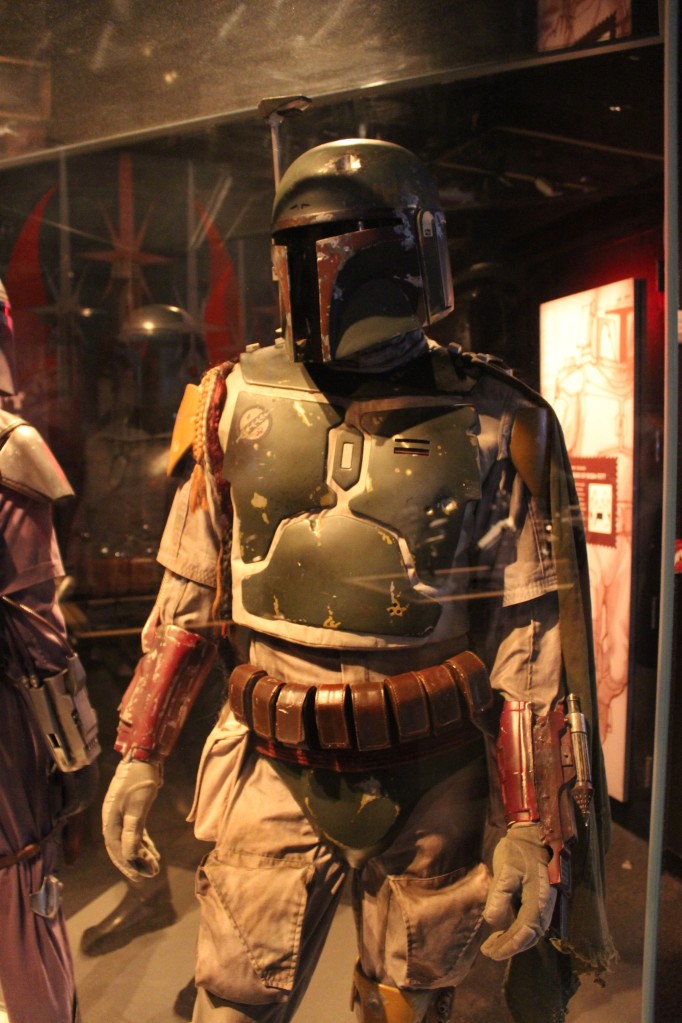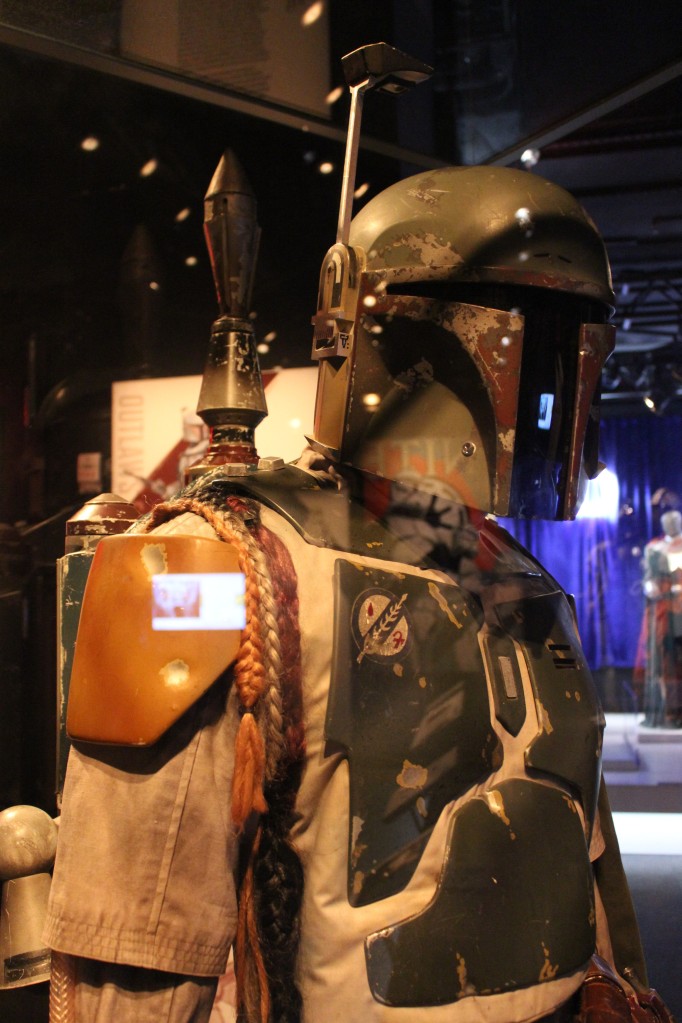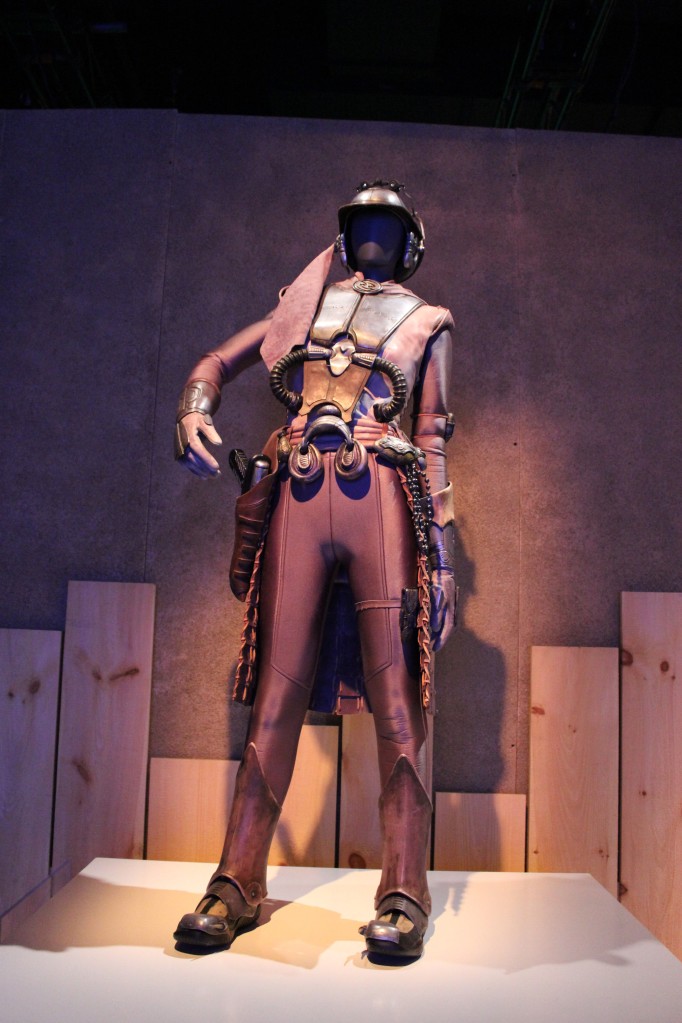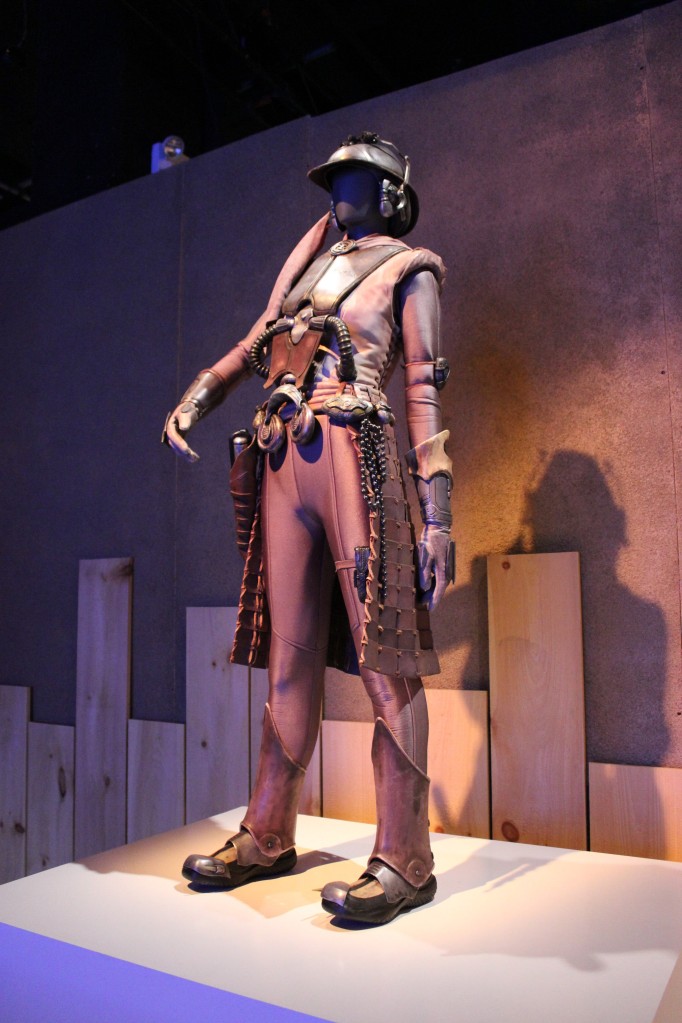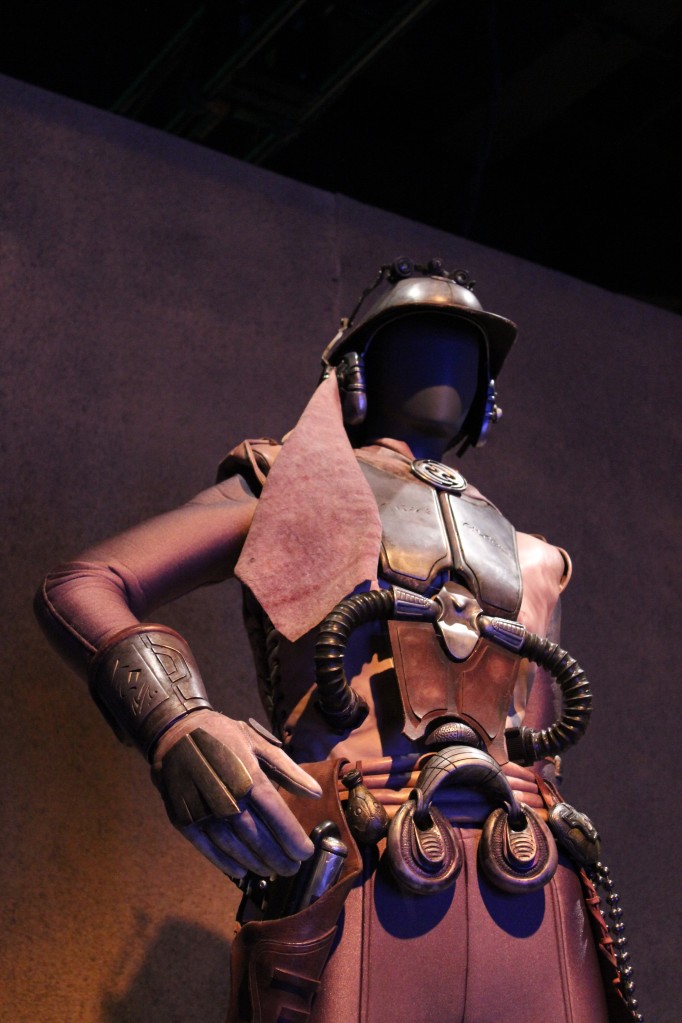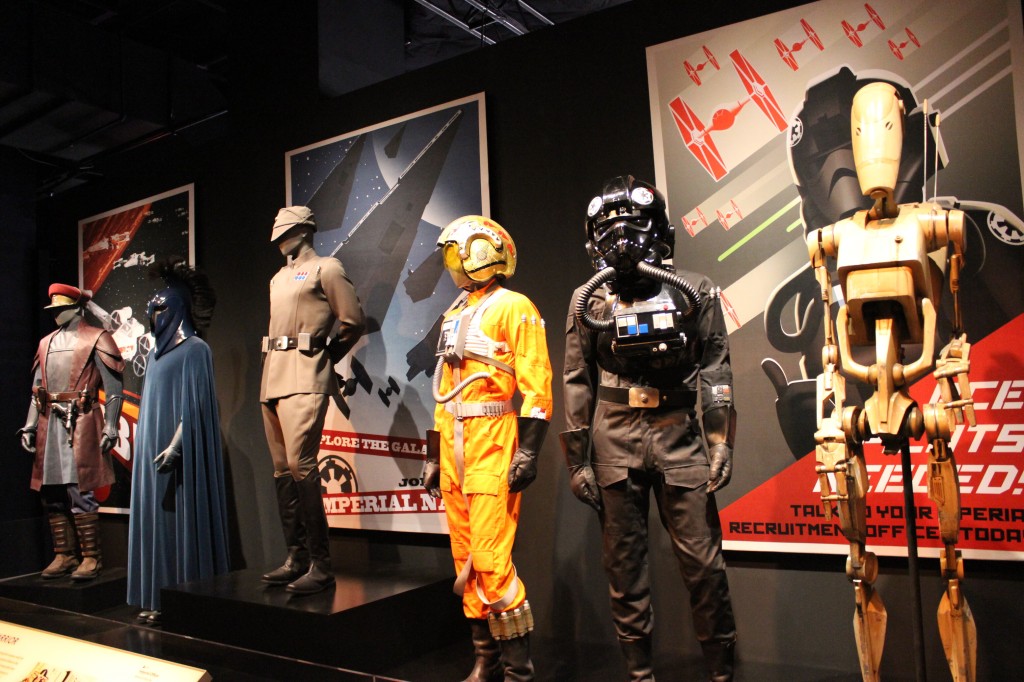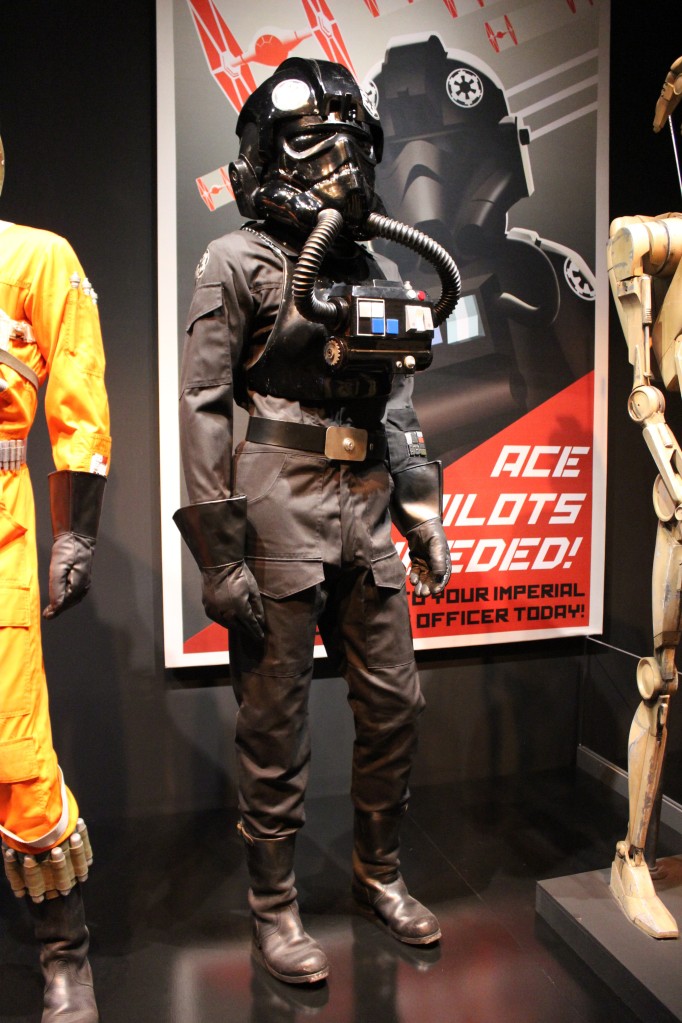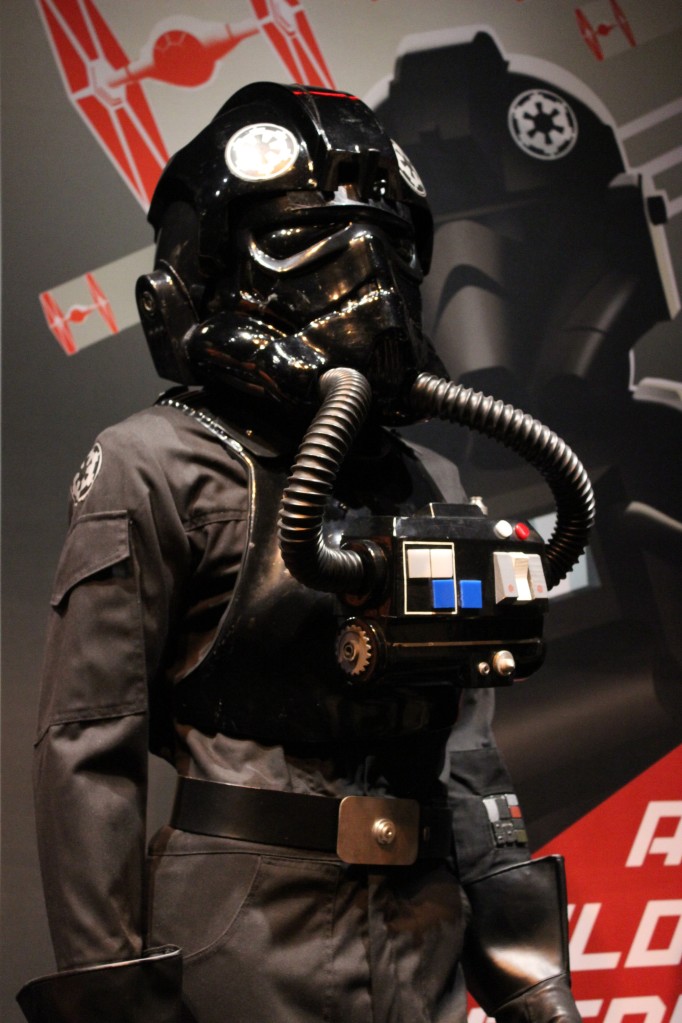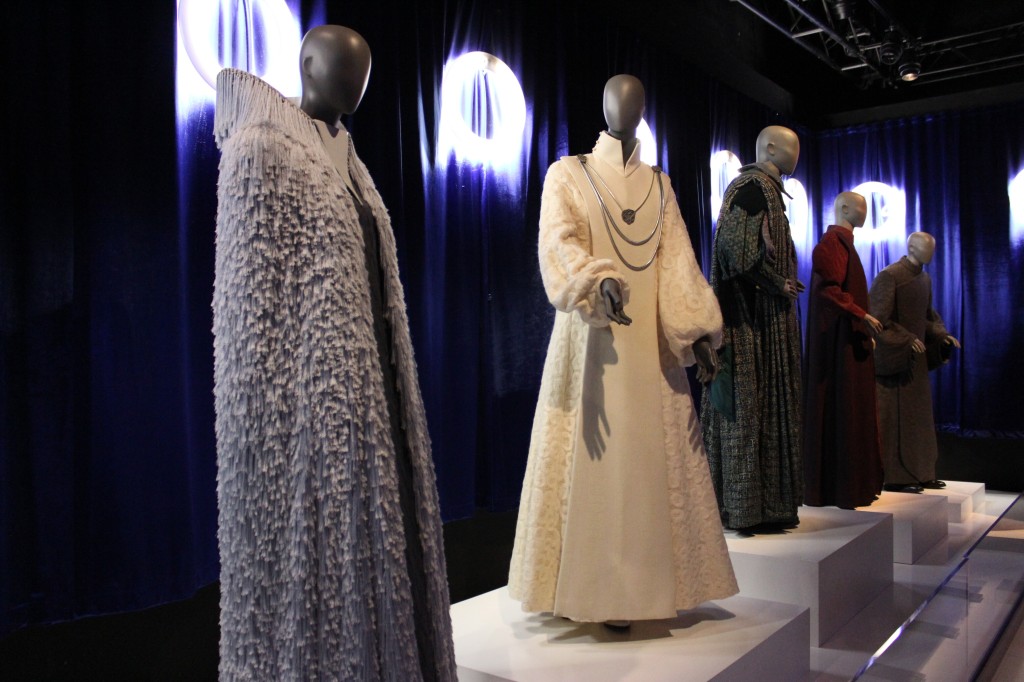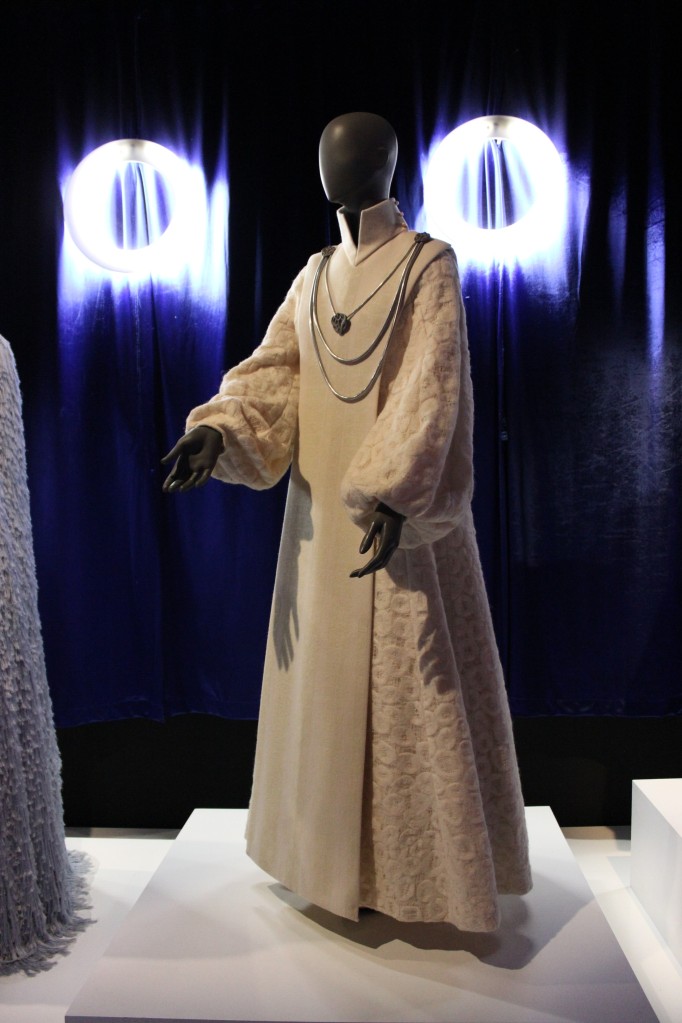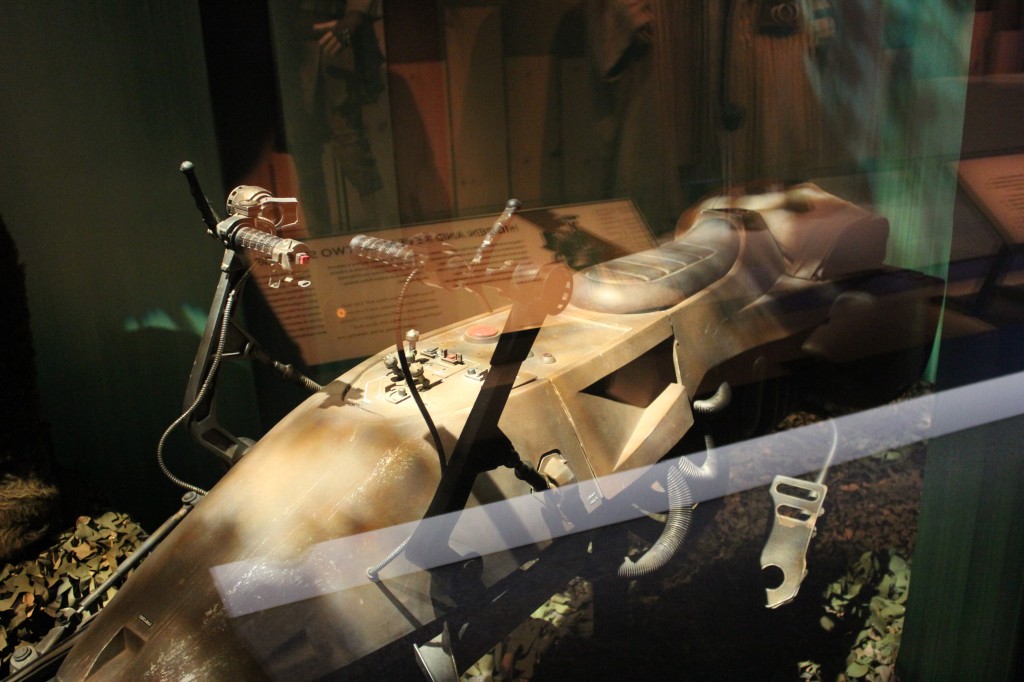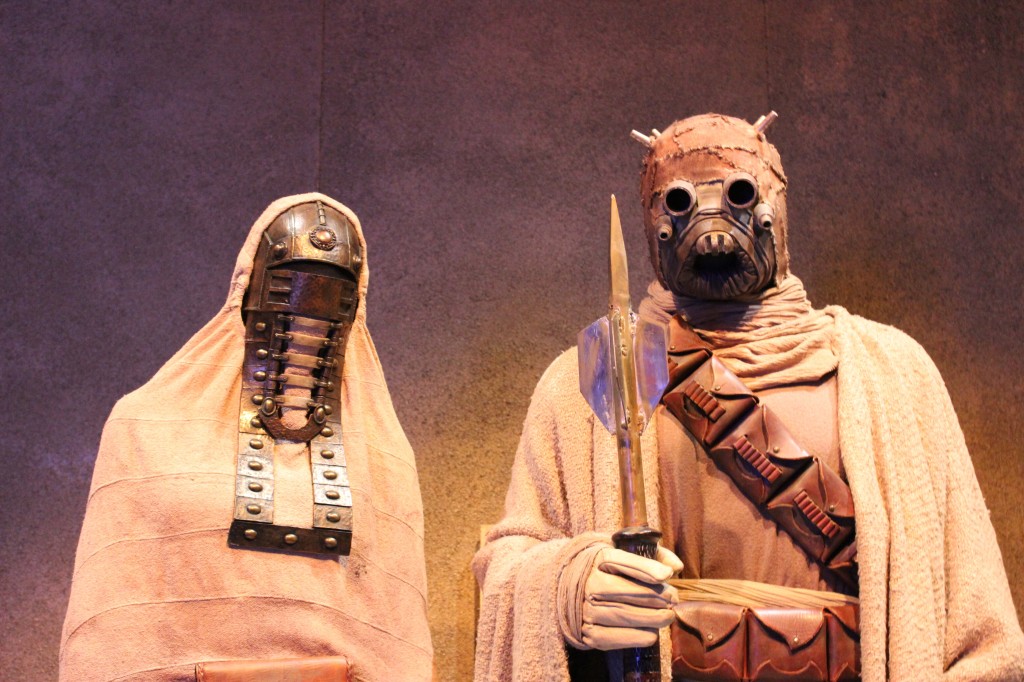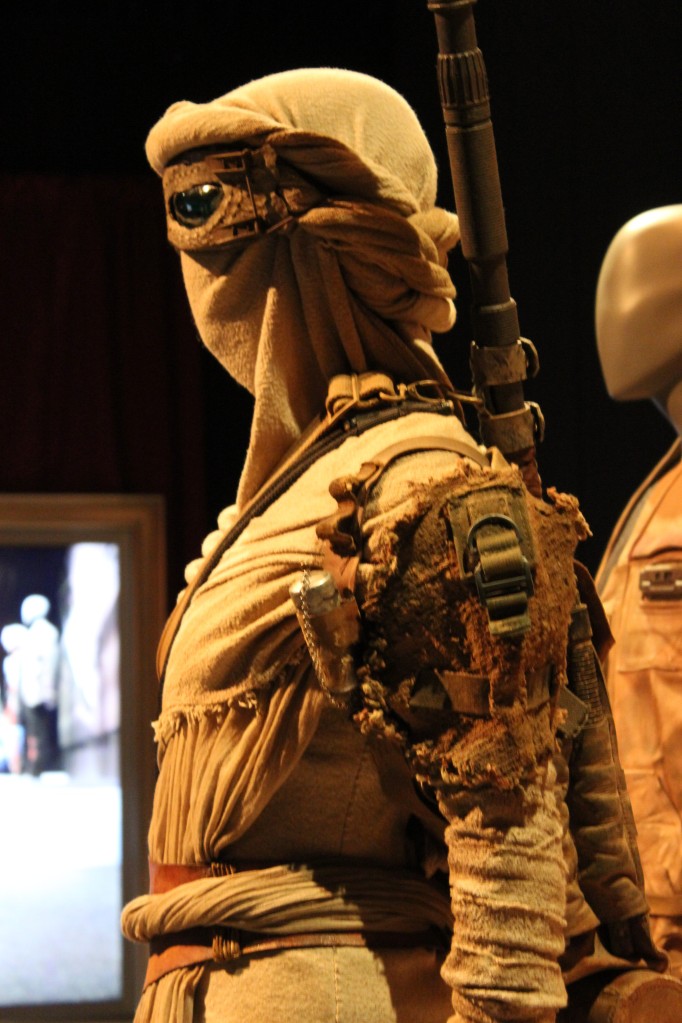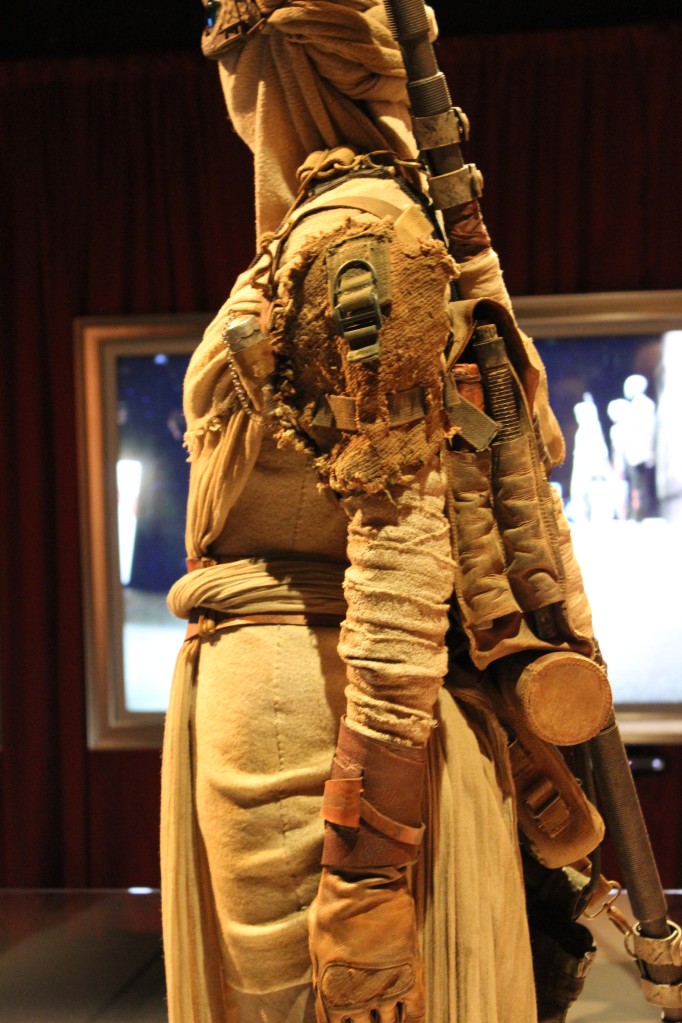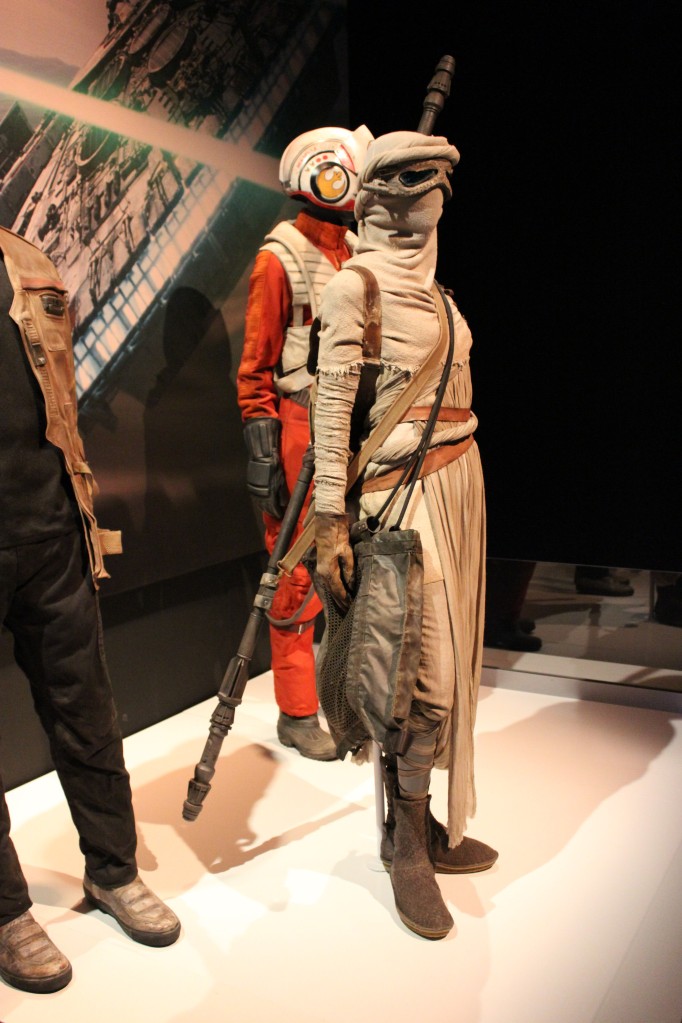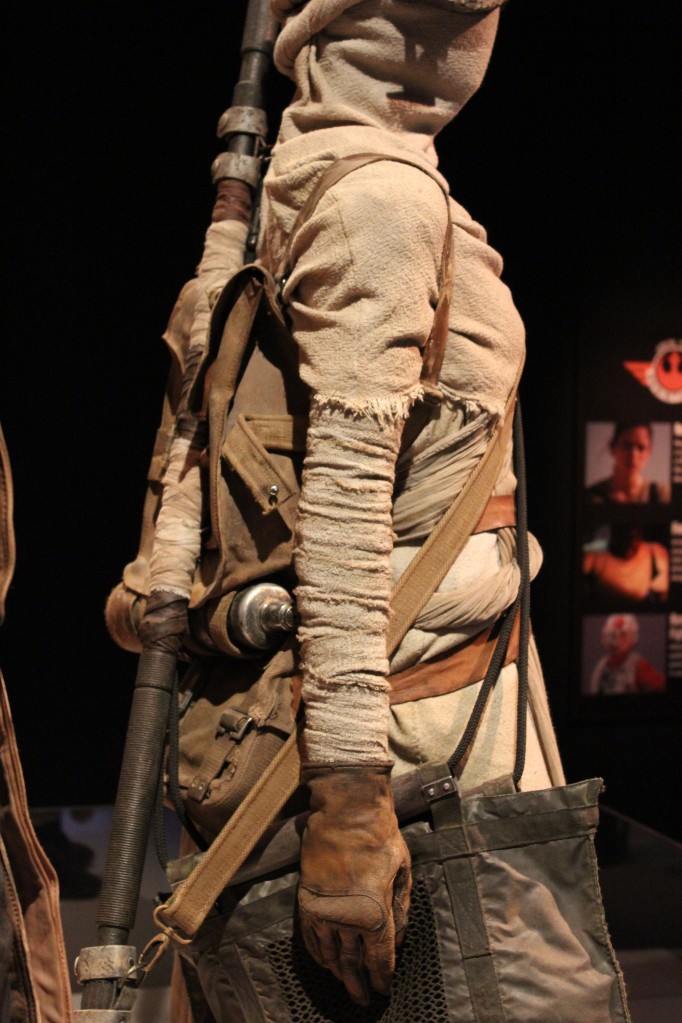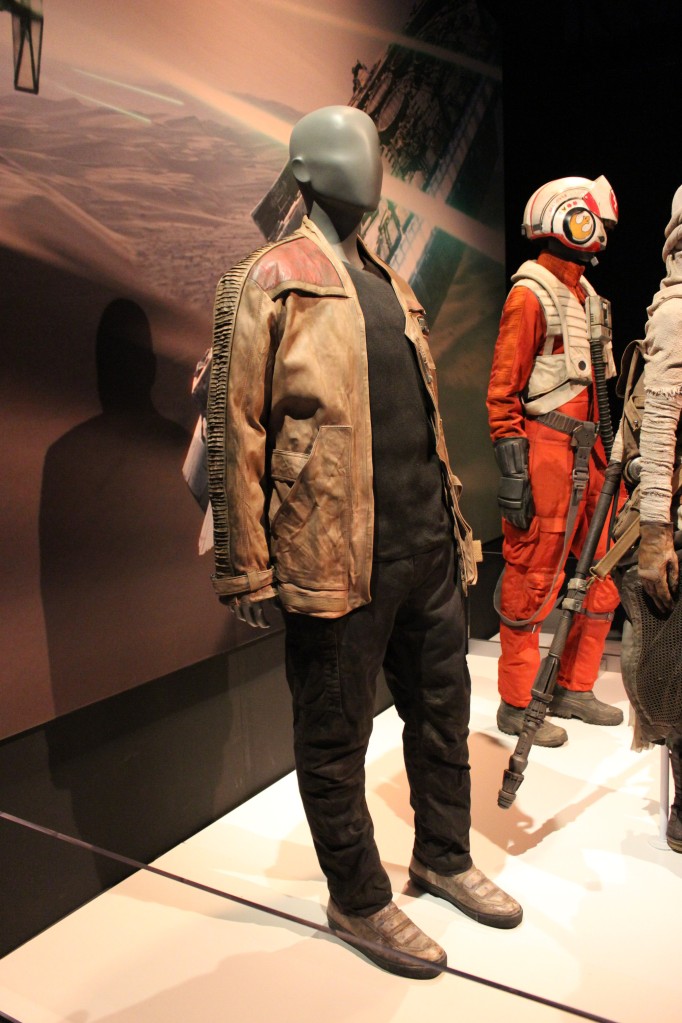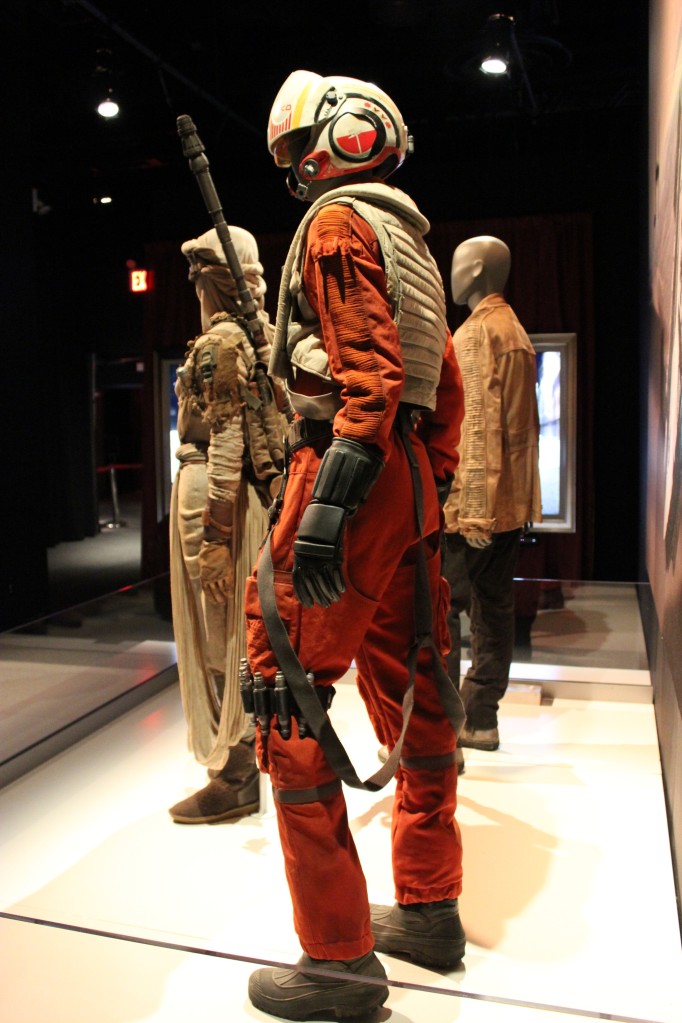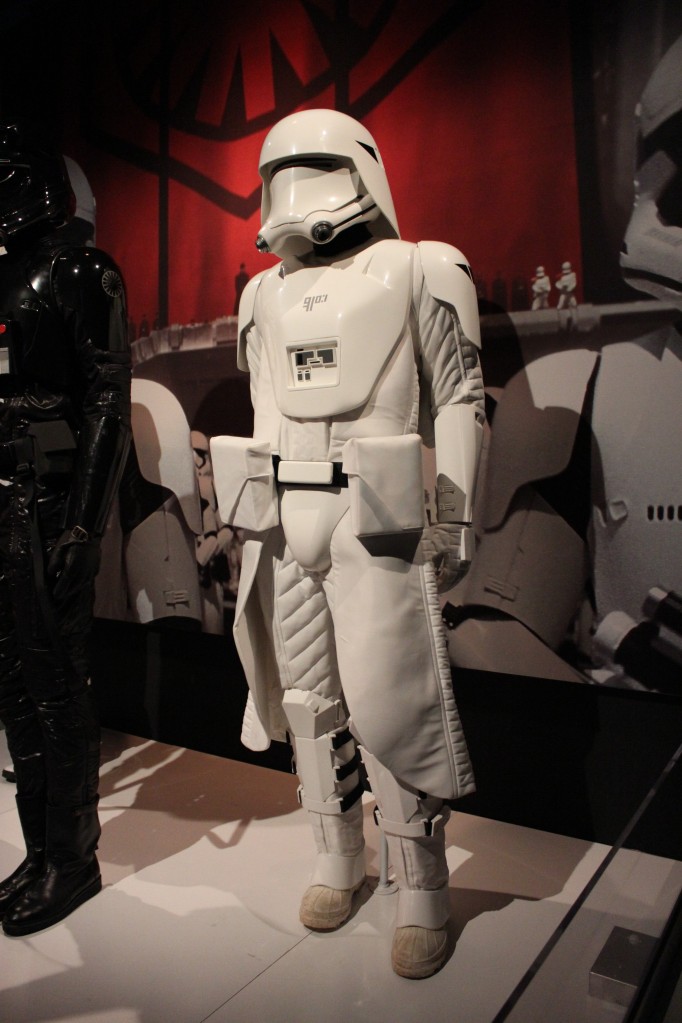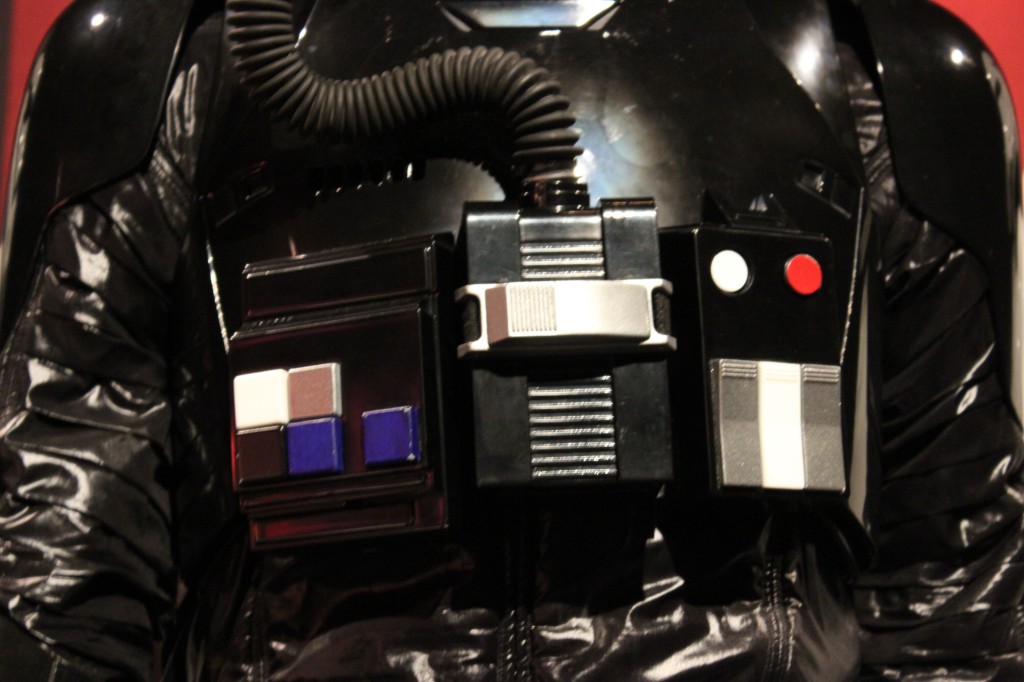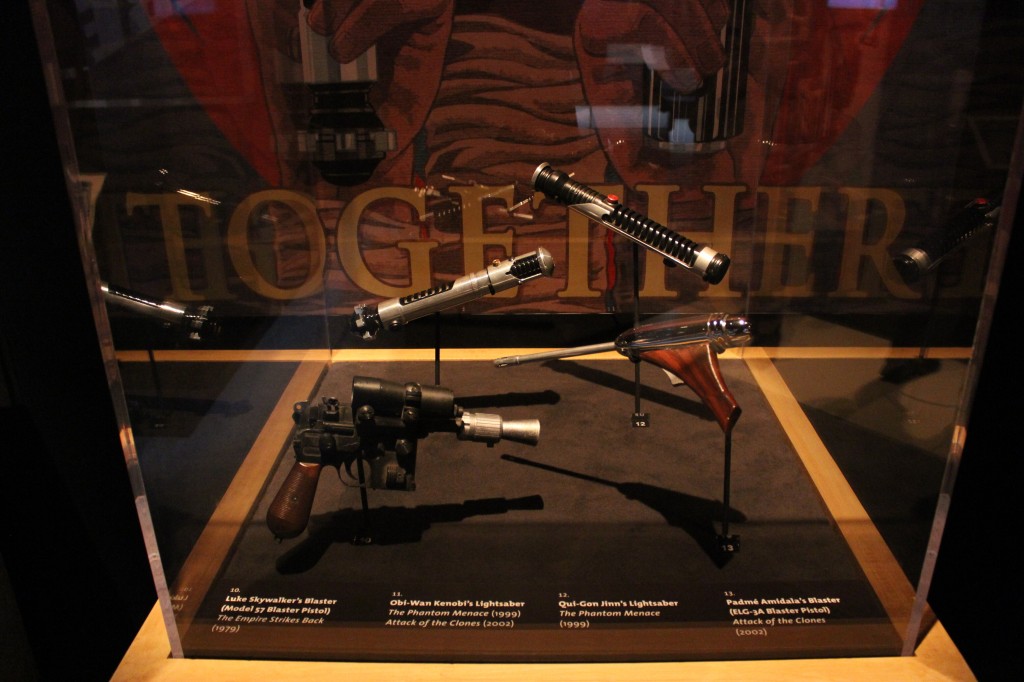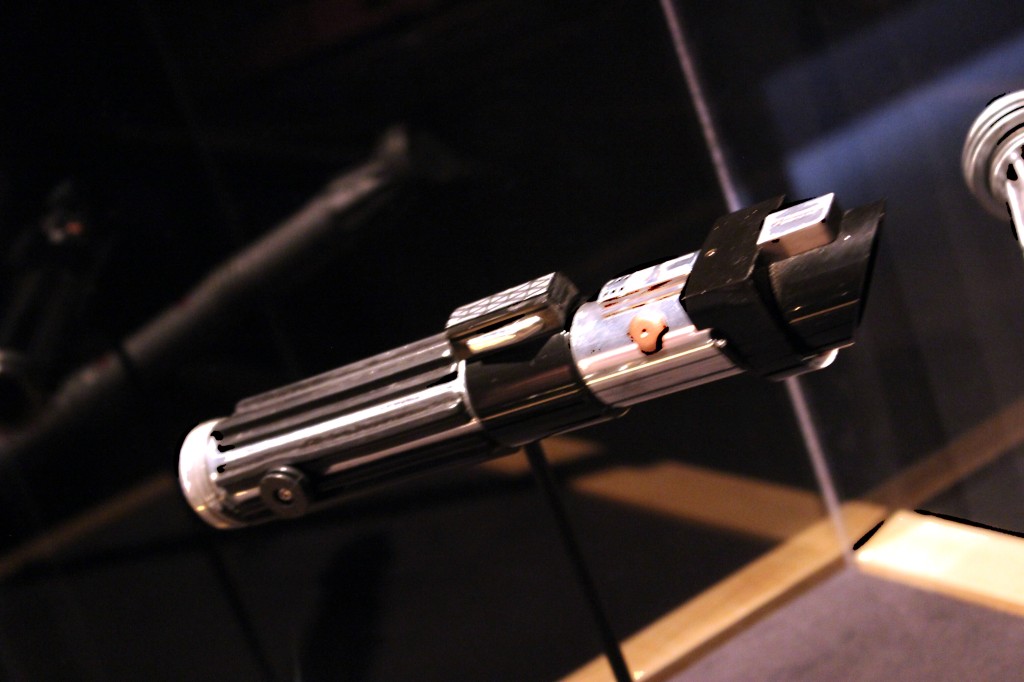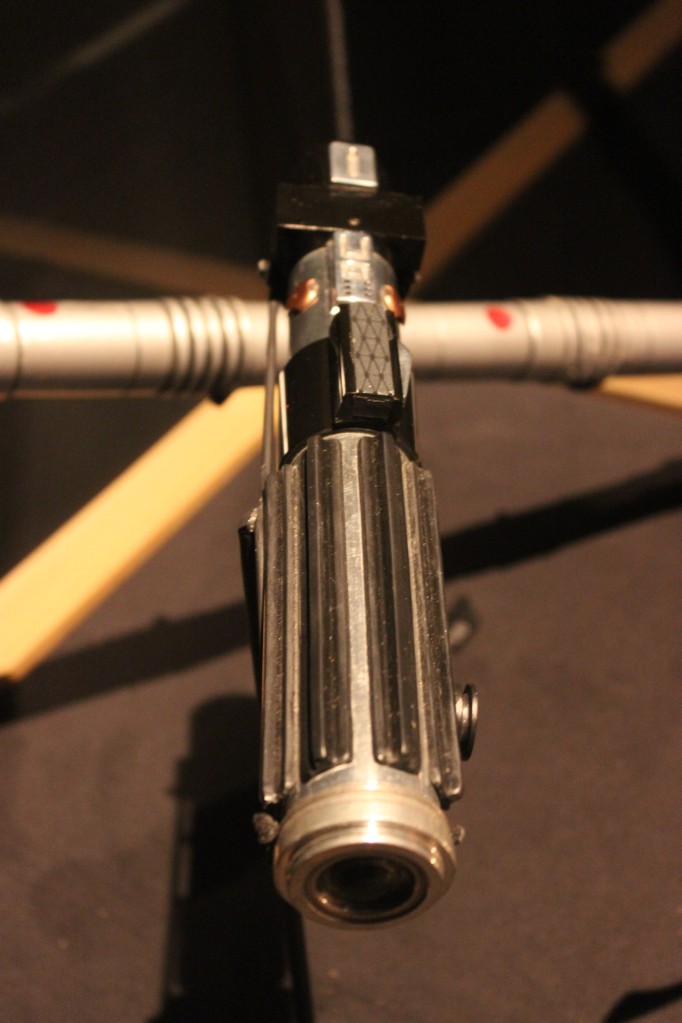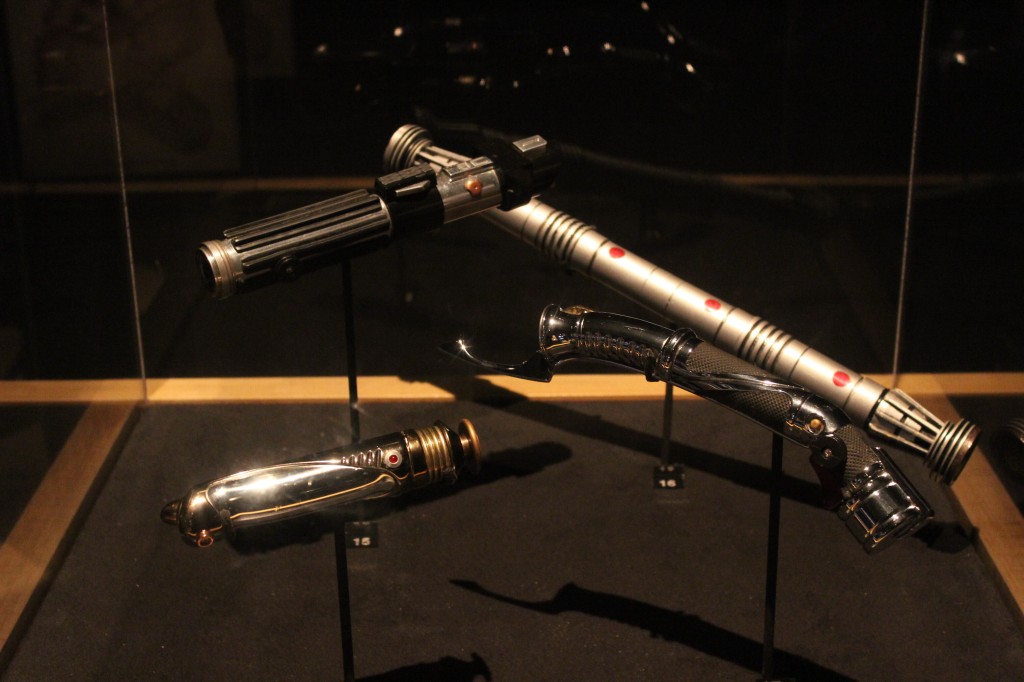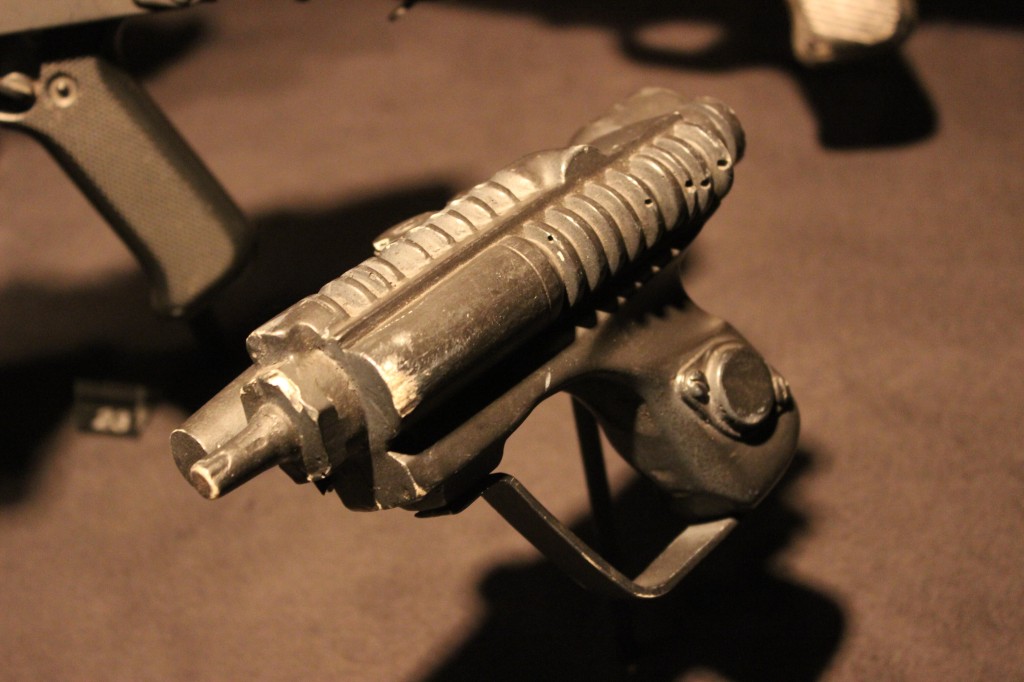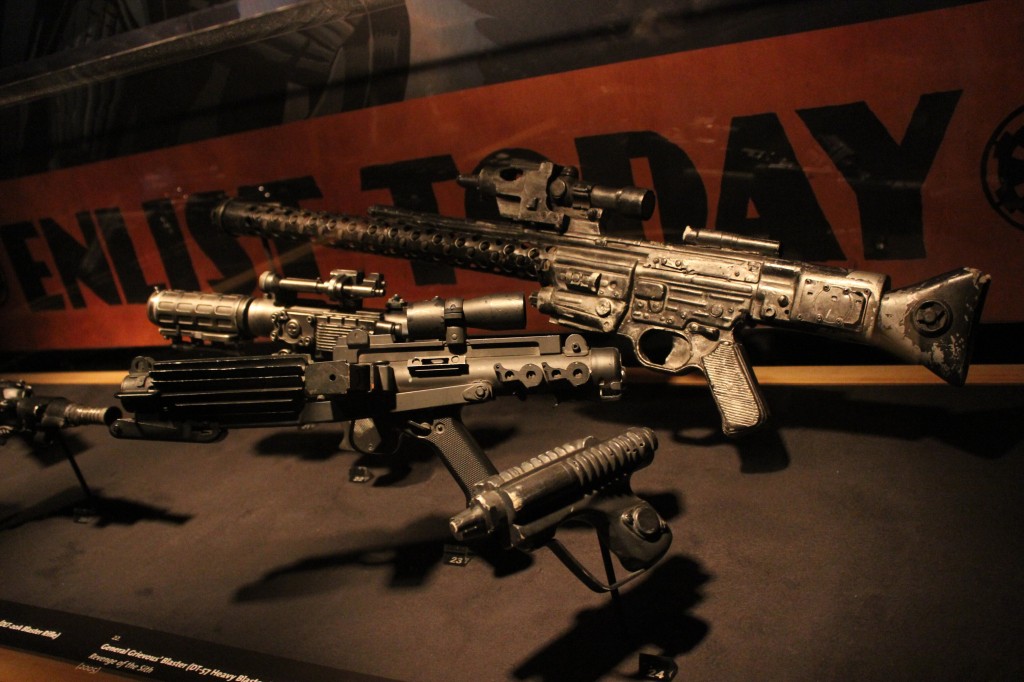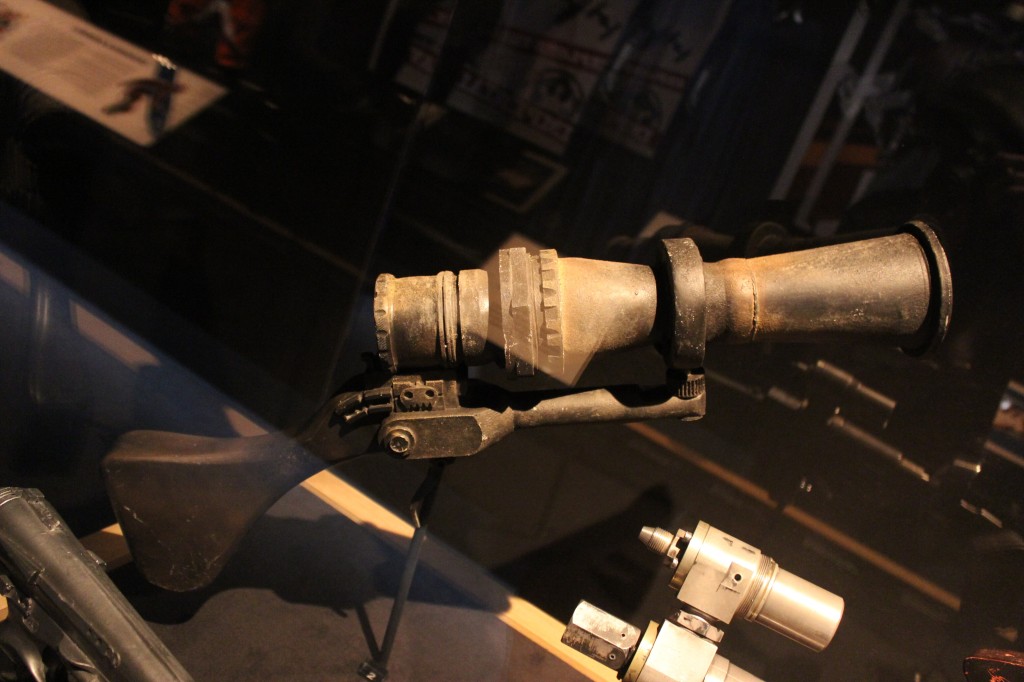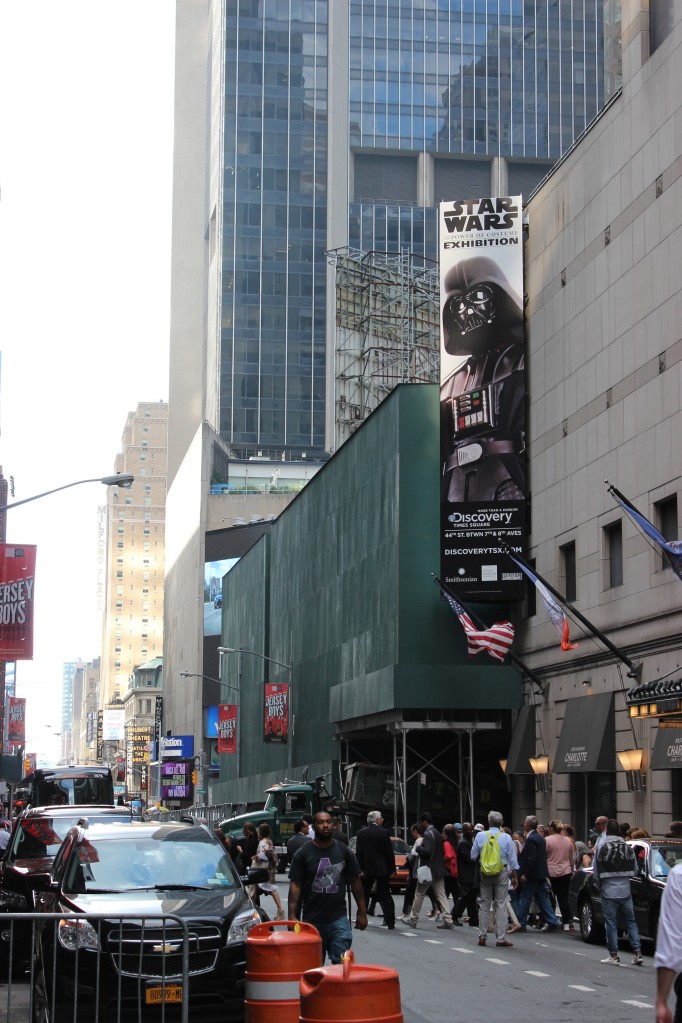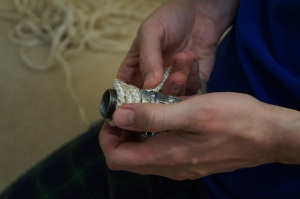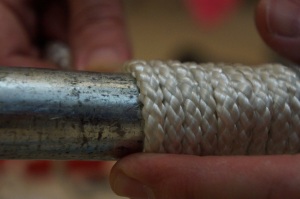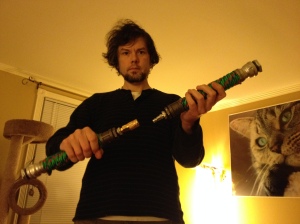This is the forty-fifth post in a series that I call, “Recovered Writing.” I am going through my personal archive of undergraduate and graduate school writing, recovering those essays I consider interesting but that I am unlikely to revise for traditional publication, and posting those essays as-is on my blog in the hope of engaging others with these ideas that played a formative role in my development as a scholar and teacher. Because this and the other essays in the Recovered Writing series are posted as-is and edited only for web-readability, I hope that readers will accept them for what they are–undergraduate and graduate school essays conveying varying degrees of argumentation, rigor, idea development, and research. Furthermore, I dislike the idea of these essays languishing in a digital tomb, so I offer them here to excite your curiosity and encourage your conversation.
This is the last of seven posts of material from Professor Kevin Floyd’s Queer Studies seminar at Kent State University.
At the time, I was heavily interested in Michael Bay’s Transformers and the roots of his film in the 1980s Japanese toys and cartoons of the same name. On another project, I was thinking about how Transformers heralded a new kind of SF cinema–a project shelved and likely a future Recovered Writing post in its own right. In this project, I was thinking about how Transformers are gendered in various ways and how technologies in general are assigned genders that shift and transform–hence this research paper. Below, I am including my proposal followed by the resulting essay to illustrate how the project itself shifted and transformed from its genesis to its conclusion. I presented a short version of this essay at the annual Society for Literature, Science, and the Arts conference in 2008 (this will likely get resurrected as a Recovered Writing post, too–with a link back to this post).
Proposal:
Jason W. Ellis
Professor Kevin Floyd
Queer Studies
20 April 2008
Paper Proposal: Reversing the Order: Transsexualizing Technology
Transsexual and transgender discourse often situates transsexual identities as being facilitated or created by technology (e.g., medical or scientific–technology of the modern era). This creates a hierarchy in which the transsexual is subordinated to technology. Without the social changes facilitated by technology in the modern era and the medical classificatory and surgical techniques developed in the late 1800s and early 1900s, transsexuals as a group would not have group identification or the means for transforming his/her sex to match his/her self-identified gender. Furthermore, it would not have made possible Sandy Stone’s insightful posttranssexual subjectivity.
Technology features centrally or implicitly within any discussion involving the transformation of bodies to a desired, gendered subjectivity. Janice Raymond’s charged and condemning work, The Transsexual Empire (1979), is the early touchstone work of the last three decades of transsexual/transgender discourse, and technology significantly in her argument. Raymond sometimes pities transsexuals as falling into the medical-technology matrix that facilitates male-to-female (MTF) transsexual transformations, while simultaneously railing against what she terms the MTF penetrative act of men subverting feminism. Admittedly, she is approaching this from a radical lesbian feminist perspective predating the coalition politics of the 1980s and 1990s, but the prime factor of her work is the technology that makes transsexual transformation possible.
Over a decade later, Sandy Stone, a sound engineer turned queer scholar who Raymond outed in The Transsexual Empire as infiltrating a women-only record label, responded to Raymond’s claim that transsexuals rely on appropriating the feminist political project for their own ends. In her “A Posttranssexual Manifesto,” Stone calls not only for a transsexual politics, but also a reconfiguration or re-imagining of transsexuality. Again, technology lies just beneath the surface in her argument as well as in the anecdotes of her own life. This is even further reinforced in her recent book, The War of Desire and Technology at the Close of the Mechanical Age (1995).
Following Stone’s groundbreaking work, technology continues to be a significant aspect of transsexual/transgender discourse. In her introduction to the transgender special issue of GLQ, Susan Stryker writes, “transsexual technology would be my vehicle for what Jacques Lacan called, in another context, ‘an impulsive leap into the real through the paper hoop of fantasy’” (151). Despite her gesture toward a “transsexual technology,” Stryker, as liberated as she is by accepting for herself the transsexual sign, is still bound by the realities of “regulated technologies” that make transition possible (151-152). It is the purpose of this paper to invert the hierarchy of technology and transsexual subjectivity. The floating sign of technology (representing multiple technologies for diverse purposes and the engineering and science that promotes a progressive increase, circulation, and sprawl of that technology) is as much made possible by transsexual subjectivity as that subjectivity is made possible through reconstructed, refigured, and transformed bodies (there is more to be said about non-surgical transgender subjectivities in the paper).
A unique, and as yet critically unexplored, work that is situated at the convergence of technology, subjectivity, and gender is Michael Bay’s recent film, Transformers (2007). Beneath the surface of otherworldly, human technology doppelganger robots fighting it out within a Global War on Terror narrative, the Transformers themselves enter into transsexual/transgender discourse. Their necessary “passing” and aping unnecessary gender roles (some interestingly in the film and others significantly cut) indicates a deeper narrative that connects to transsexual discourse. Additionally, the rich history of the Transformers franchise dating back to the mid-1980s in the United States, also presents further correspondence between embodied technology and transsexuals.
Beginning with a discussion of Transformers and transsexual/transgender discourse, I establish a deconstructionist argument against the technology-transsexual hierarchy. I show how, through example and recent scholarship, transsexual subjectivity and technology do not necessarily supersede one another in any necessary order. Technology and transsexual subjectivity is shown as operating within a decentralized network of possibilities rather than in a one-to-one causative relationship. Through this argument, I aim at Stryker’s charge that, “As a field, transgender studies promises to offer important new insights into such fundamental questions as how bodies mean or what constitutes human personhood” (155). Personhood is neither part of or given to technology is a subordinate sense, but rather, situated within a diffuse, rhizomatic network.
Working Bibliography
Bay, Michael, dir. Transformers. Perf. Shia LaBeouf, Megan Fox, Josh Duhamel, Peter Cullen, and Hugo Weaving. Dreamworks and Paramount Pictures. 2007.
Elliot, Patricia and Katrina Roen. “Transgenderism and the Question of Embodiment: Promising Queer Politics?” GLQ 4:2 (1998): 231-261.
Furman, Simon. Transformers: The Ultimate Guide. New York: DK Publishing, 2007.
Morris, Meyer. “I Dream of Jeannie: Transsexual Striptease as Scientific Display.” TDR 35.1 (Spring 1991): 25-42.
Namaste, Ki. “‘Tragic Misreadings’: Queer Theory’s Erasure of Transgender.” Queer Studies: A Lesbian, Gay, Bisexual, and Transgender Anthology. Ed. Brett Beemyn and Mickey Eliason. New York: New York UP, 1996. 183-203.
Raymond, Janice G. The Transsexual Empire: The Making of the She-Male. Boston: Beacon Press, 1979.
Stone, Allucquère Rosanne. The War of Desire and Technology at the Close of the Mechanical Age. Cambridge, MA: MIT Press, 1995.
Stone, Sandy. “The Empire Strikes Back: A Posttranssexual Manifesto.” Sex/Machine: Readings in Culture, Gender, and Technology. Ed. Patrick D. Hopkins. Bloomington and Indianapolis: Indiana UP, 1998. 322-341.
—. “Split Subjects, Not Atoms; or, How I Fell in Love with My Prothesis.” The Cyborg Handbook. Ed. Chris Hables Gray. New York: Routledge, 1995. 393-406.
Stryker, Susan. “The Transgender Issue: An Introduction.” GLQ 4:2 (1998): 145-158.
—————————
Final Paper
Jason W. Ellis
Professor Kevin Floyd
Queer Studies
8 May 2008
Transsexual Technology: The Political Potential of Gender Shifting Technologies
Summer blockbusters are a guilty pleasure produced with A-list actors and actresses, formulaic plots, and fantastically expensive special effects edited together into two hours of mind-numbing heteronormative reinforcing cinematic bliss. These movies, which are often disregarded and resigned to low culture status by film scholars, nevertheless touch the lives of millions of viewers. In direct and tangential ways, the images on the big screen affect the audience. The images may represent real world debates or events of the here-and-now. They may indirectly lead to a chain of associative thoughts originally only gestured by the flashes of light on the screen. It is the latter that led to the genesis of this essay.
Bear with me while I tell you a story about “a boy and his first car” (Clines 32). Actually, I’m more interested in the car than the boy, because the car also happens to be a robot from another planet. Michael Bay’s 2007 special effects extravaganza, Transformers, has many obvious connections to embodied autonomous technology and the Global War on Terror.[1] After watching the film on several occasions, an easily missed, but altogether compelling image lifted from the screen into real world queer studies discourse. This has to do with the tongue-tied, computer generated character, the Autobot Bumblebee,[2] who bodily transforms between the anthropomorphized otherworldly robot soldier in the Autobot-Decepticon war, and vehicular Earth technology, namely a yellow Chevrolet Camaro.[3] What struck my attention was the way this alien robot engages gender through human language in contrast to the other gendered robot characters in the film. The other Autobots and Decepticons assume a recognizable male voice, emphasizing a bodily male gender associated with male pronouns, while Bumblebee vacillates between aped male and female voices from Earthly cultural artifacts–radio, television, and film. The sexually ambiguous body of the towering robot warrior is also lacking a definitive gender sign due to, as Sam Witwicky (Shia LaBeouf) describes it, “you talk through the radio?” Bumblebee remixes gendered voice performances to generate his/her own voice–his/her own subjectivity and the mechanism through which this character communicates is the radio. Bumblebee’s “transgender” vocalizations include Nichelle Nichols’ portrayal of Star Trek Chief Communications Officer Uhura saying, “Message from Starfleet, captain,” followed by Orson Welles as Professor Pierson in the Mercury Theater radio production of H. G. Wells’ The War of the Worlds observing, “Through the inanimate vastnesses of…space.”[4] Thus, Bumblebee uses these and other definitively gendered voices to construct his own narrative and voice in order to interact and engage the clearly heteronormative discourse established by the teenage love interest subplot of Sam and Mikaela (Megan Fox).
There is another important aspect of Bumblebee’s gendered voice that brought the film into focus with queer theory. That has to do with the character’s “vocal processor.” The Autobot medical officer Ratchet says, “His vocal processors were damaged in battle. I’m still working on them.” While he says this, he extends an array of red laser light at Bumblebee’s throat that gives Bumblebee obvious discomfort. The interesting gendered pronoun usage by Sam and Mikaela, which assumed Bumblebee to be male, and Bumblebee’s doctor’s likewise use of the pronoun “his,” marks the transforming Camaro as a male amongst other male gendered anthropomorphized robots. Thus, the gender signifier of voice is a central aspect of Bumblebee’s robot subjectivity within the heteronormative network in which it’s placed, and that enforced transformation is a painful one.
What struck me about Bumblebee’s character was that he represents a wholly technologized form of transsexuality. As a transforming robot, capable of reconfiguring its body, and inventively playing with gendered voices for linguistic communication, Bumblebee gestures toward an idealized transsexual subjectivity–one, sans the technological gatekeepers such as psychologists, endocrinologists, and surgeons, that lies at the intersection of bodily transformative technologies and the transsexual subject, which I define as a human subject established by the bodily need, enacted as a demand, to transform the body from one set of sex signifiers to its heterosexual opposite such that the outward appearance mirrors an interior gender belief. Thus, Bumblebee and Transformers joins queer theory discourse as a representation of transsexual embodied technology on the big-screen.
Before returning to the example of Bumbleebee, where does technology fit into transsexual discourse? Transsexual studies has long centered on cultural explanations and manifestations of the transsexual through a historical analysis. However, a split in the discourse developed, which Susan Birrell and Cheryl L. Cole gesture towards in their sports media study of the Renee Richards outing on the tennis court. Birrell and Cole, drawing on Anne Bolin’s “Transsexualism and the Limits of Traditional Analysis,” points to the, until recently, predominant modes of transsexual analysis:
The knowledge that organizes our understanding of transsexualism has been divided into two major approaches: clinical approaches that characterize the psychiatric and psychological research and are based on a medical model in which transsexualism is constituted as an individual problem…and sociocultural approaches taken by ethnomethodologists and anthropologists, which focus on “the relationship of…transsexualism to the culture at large.” (Birrell and Cole 4)
However, underlying the clinical and the sociocultural approaches to studying transsexualism is technology. Transsexual subjectivity depends on the transformative potential of technology to facilitate the desired bodily change. Bernice L. Hausman provides a convincing argument that transsexual subjectivity is dependent upon technology in her influential work, Changing Sex: Transsexualism, Technology, and the Idea of Gender. I agree with Hausman regarding the influence of technology on the development and creation of transsexual subjectivity. Medical technologies materially substantiate the transformations of bodies from one physical sex to another. Her argument challenges cultural critiques of transsexuality, which disregard the importance of technology in constructing transsexual subjects. However, I find that technology, even if glossed over, is still of primary importance to cultural/historic and technological subjectivity arguments. Thus, I see technology as a common denominator of these ideologically opposed discussions. If you map these two opposing arguments along a Cartesian plane on X and Y axes, then my argument is at a right angle to these, projecting outward into three dimensional space along the Z axis. I argue that technology, marked by its convergence with transsexuality and delineated by gender, substantiates culturally in much the same way that transsexuality subjectively manifests itself via Hausman’s techno-central argument. This leads to a number of questions. How do transsexuals affect technology? How do gender signifiers operate on technology? What is the transformative potential of technology within a cultural context? Is there such a thing as “transsexual technologies?”
In order to answer these questions, it is necessary to uncover the confluence of technology with transsexual subjectivity. Hausman’s argument is about technology creating transsexual subjectivity. That is clear enough, but what about technology and its appearance in cultural critiques? The most recognizable and possibly acerbic example in this category is Janice Raymond’s 1979 work, The Transsexual Empire: The Making of the She-Male. From a radical feminist perspective, she makes a totalizing argument that “male-to-constructed-female” transsexuals rape women by subversively penetrating the women’s movement, or as Sandy Stone summarizes it, “I read Raymond to be claiming that transsexuals are constructs of an evil phallocratic empire and were designed to invade women’s spaces and appropriate women’s power” (324). There’s an interesting Cold War charm to her subversive critique of transsexuals tapping into the hard-fought gains of women during Second Wave Feminism. She specifically outs Sandy Stone, a transsexual, for subverting the woman-only operated record label, Olivia Records through her employment as a sound engineer. This initiated a public dispute, not between Stone and her employer, but over the supposed betrayal of a transsexual in a woman-only domain (Hausman 144:8).[5] Therefore, the text is tangentially engaged with Cold War paranoia of subversion from the invading Other, which further connects it to the overarching technological apparatus of the Cold War’s military-industrial complex.
A more significant aspect to Raymond’s book is her use of technology-laden words in the text. She insists on the use of “constructed” throughout The Transsexual Empire. She gestures toward a critique of “‘nature’ versus technology” (Raymond 1). Also, she discusses chromosomes and a clinical etymology of the term “transsexual” (Raymond 4-5 and 20-21). Furthermore, she says of the “fetishization” of the female body by the male-to-female transsexual:
In this sense transsexualism is fetishization par excellence–a twisted recognition on the part of some men and incarnated in the usurped female biology. This usurpation of female biology, of course, is limited to the artifacts of female biology (silicone breast implants, exogenous estrogen therapy, artificial vaginas, etc.) that modern medicine has surgically and hormonally created. Thus transsexual fetishization is further limited not even to the real parts of the real whole, but to the artifactual parts of the artifactual whole. (Raymond 31).
In this passage, Raymond equates transsexualism to fetishism that is attained through medical techniques and technological artifacts that carry the signifier of female. Therefore, technology is a deep-seated element of the touchstone example of transsexual cultural critique, and there is, even here, a motion toward the transsexual instantiation by technology (i.e., a built or constructed subjectivity).
Michel Foucault’s 1978 (English trans.) The History of Sexuality, Volume 1: An Introduction provides an important link between the cultural and technological critiques of transsexuality. In this work, Foucault presents a paradigm shifting idea regarding the employment and diffusion of power. Instead of the classical notion of institutions and governments wielding power from above, he argues convincingly that power is diffuse and interpenetrates subjects on a local level, yet he maintains a certain distance from individual subjectivities in his theory. For this formulation, there is no constitutive outside. What he terms the knowledge/power dynamic is a network encompassing us all, with interaction producing the effects of power.
In his formulation of the knowledge/power dynamic, Foucault talks about “technologies of sex” in this significant passage:
This history of sexuality, or rather this series of studies concerning the historical relationships of power and the discourse on sex, is, I realize, a circular project in the sense that it involves two endeavors that refer back to one another. We shall try to rid ourselves of a juridical and negative representation of power, and cease to conceive of it in terms of law, prohibition, liberty, and sovereignty. But how then do we analyze what has occurred in recent history with regard to this thing–seemingly one of the most forbidden areas of our lives and bodies–that is sex? How, if not by way of prohibition and blockage, does power gain access to it? Through which mechanisms, or tactics, or devices? But let us assume in turn that a somewhat careful scrutiny will show that power in modern societies has not in fact governed sexuality through law and sovereignty; let us suppose that historical analysis has revealed the presence of a veritable “technology” of sex, one that is much more complex and above all much more positive than the mere effect of a “defense” could be; this being the case, does this example–which can only be considered a privileged one, since power seemed in this instance, more than anywhere else, to function as prohibition–not compel one to discover principles for analyzing power which do not derive from the system of right and the form of law? Hence it is a question of forming a different grid of historical decipherment by starting from a different theory of power; and, at the same time, of advancing little by little toward a different conception of power through a closer examination of an entire historical material. We must at the same time conceive of sex without the law, and power without the king. (Foucault 90-91, emphasis mine)
Foucault is working through the ouroboros relationship that he establishes between power and the discourses of sex. In his analysis, he focuses on sex and its bodily pleasures rather than gender. Furthermore, he talks about a “technology of sex,” which refers to the institutions responsible for codifying, categorizing, and pathologizing sex, especially in the nineteenth century. However, these “technologies of sex” have positive potential, and they serve as the means by which Foucault shows that power is diffuse, because if these developments were merely top-down prohibitions, they would not have unsanctioned positivity. He is interested in the micropolitical interactions and distributions of power, and the “technologies of sex” are part of that network.
Gender must be incorporated into this account of “technologies of sex” in order to formulate the relationship between transsexual subjectivity and technology. Teresa de Lauretis does this in her significant essay, “The Technology of Gender,” which is included in her 1987 collection, Technologies of Gender: Essays on Theory, Film, and Fiction. In this essay, she expands on Foucault’s notion of “technology of sex” to also encompass a “technology of gender.” Her approach integrates with this paper’s original example, because she uses her film theory background to discuss gender as representation and the way film is itself a “technology of gender.” She builds on Foucault’s work when she writes:
A starting point may be to think of gender along the lines of Michel Foucault’s theory of sexuality as a “technology of sex” and to propose that gender, too, both as representation and as self-representation, is the product of various social technologies, such as cinema, and of institutionalized discourses, epistemologies, and critical practices, as well as practices of daily life.
Like sexuality, we might then say, gender is not a property of bodies or something originally existent in human beings, but “the set of effects produced in bodies, behaviors, and social relations,” in Foucault’s words, by the deployment of “a complex political technology.” But it must be said first off, and hence the title of this essay, that to think of gender as the social or bio-medical apparati, is to have already gone beyond Foucault, for his critical understanding of the technology of sex did not take into account its differential solicitation of male and female subjects, and by ignoring the conflicting investments of men and women in the discourses and practices of sexuality. Foucault’s theory, in fact, excludes, though it does not preclude, the consideration of gender. (2-3)
She connects with Foucault’s theory of sexuality by pointing out how Foucault’s ideas and her own are the “product of various social technologies.” Importantly, she makes the move to show that sexuality and gender are not embedded in bodies, as is sex. However, de Lauretis theorizes below the level of Foucault, because she goes down to the level of individual, gendered subjectivities whereas Foucault maintains a distance away from the level of the person. Also, this is not to say that Foucault’s theory cannot accommodate the individual, but it was not the extent of his project. Therefore, de Lauretis digs deeper into the subjective in order to uncover the meeting of gender and technology.
She develops the idea of “technology of gender” by first describing that, “The construction of gender is the product and the process of both representation and self-representation” (de Lauretis 9). Gender is represented within the social either by gendered subjects or by technologies that represent it. Also, gender is “constructed” and “produced” from “processes.” It is here, that she directly gestures toward what I term “transsexual technology,” which I will discuss shortly. She continues to elaborate on this when she writes:
The construction of gender goes on today through the various technologies of gender (e.g., cinema) and institutional discourses (e.g., theory) with power to control the field of social meaning and thus produce, promote, and “implant” representations of gender. But the terms of a different construction of gender also exist, in the margins of hegemonic discourses. Posed from outside the heterosexual social contract, and inscribed in micropolitical practices, these terms can also have a part in the construction of gender, and their effects are rather at the “local” level of resistances, in subjectivity and self-representation. (de Lauretis 18)
For de Lauretis, gender is constructed through “technologies of gender” as well as by “institutional discourses.” Furthermore, the manifestation of gender production takes place on the micropolitical level involving individuals. The “technologies of gender” are of most importance to this paper’s project to address the gendering of technology and the transsexually aligned transformative potential of that technology, and its relationship to the persons engaged in its use.
Now, we arrive at the other end of the transsexual discursive spectrum. Raymond’s seething cultural study embedded with unrecognized technology gives way to Foucault and de Lauretis’ separate and respective arguments about the interconnection between sex and technology, and gender and technology. It is from this overarching discourse of transsexuality, sex, gender, and technology that Bernice L. Hausman wrote her remarkable 1995 book, Changing Sex: Transsexualism, Technology, and the Idea of Gender. Her convincing thesis in the book is that transsexual subjectivity is made possible by the intervention of technology, that without technology, transsexuality would not be possible as a phenomenon or a subject position. As she remarks:
The emergence of transsexualism in the mid-twentieth century depended on developments in endocrinology and plastic surgery as technological and discursive practices. This would seem to be a self-evident claim, insofar as “sex change” is impossible without the technological and ideological support provided by medical practitioners and the medical establishment. However, these links between medical technology, medical practice, and the advent of “sex change” in the twentieth century have been ignored by most scholars who study the subject, who more usually understand transsexualism as representative of a transhistorical desire of some human subjects to be the other sex. (Hausman 2)
Hausman makes it evident that transsexualism and the desire for surgical intervention inextricably links transsexuality and technology. Her argument convincingly shows that there is more going on at the level of transsexual subjectivity than an evolutionary desire for bodily sex change. As she details later in the book, the convergence of medical practice, psychology, endocrinology, and surgical intervention all made possible the transsexual subject. Without these things, the key element for desire and knowledge of the possibility of change would be eliminated, and there would be something categorically different than what is now understood as the transsexual subject. Thus, as she goes on to say, “transsexuals are subjects who choose to engineer themselves” (Hausman 9). Furthermore, the demand for bodily transformation is what distinguishes the transsexual:
By demanding technological intervention to “change sex,” transsexuals demonstrate that their relationship to technology is a dependent one. Ostensibly, the demand for sex change represents the desperation of the transsexual condition: after all, who but a suffering individual would voluntarily request such sever physical transformation? Yet it is through this demand that the subject presents him/herself to the doctor as a transsexual subject; the demand for sex change is an enunciation that designates a desired action and identifies the speaker as the appropriate subject of that action. Demanding sex change is therefore part of what constructs the subject as a transsexual: it is the mechanism through which transsexuals come to identify themselves under the sign of transsexualism and construct themselves as its subjects. Because of this, we can trace transsexuals’ agency through their doctors’ discourses, as the demand for sex change was instantiated as the primary symptom (and sign) of the transsexual. (110)
The interaction between the transsexual and the medical professional, gatekeeper of the transformative pharmacological and surgical technologies, via the demand made on the part of the transsexual, constructs transsexual subjectivity. Additionally, Hausman expresses it more clearly, “That the demand for sex change became the key signifier for transsexualism demonstrates the centrality of technology to the consolidation of transsexual subjectivity–asking for technologically mediated sex change is in one and the same gesture to name oneself as transsexual and to request recognition as a transsexual from the medical institution” (129). This is what distinguishes transsexuality from other Foucauldian “technology of sex” categories. The transsexual claims this subjectivity for his/herself through the performative act of demanding technological intervention, whereas other marginalized groups need not make demands for technological transformation to be considered, for example, gay subjects or lesbian subjects.
The transsexual demand for transformation illustrates the integration of technology with the transsexual subject, and it is this point that connects to my earlier question of “inverting” the relationship of technology and transsexuality. However, where does gender fit back into this picture? I have been discussing the transformation of bodily sex to match the transsexual’s internal formulation of gender. Hausman observes, “It is possible that the concept of gender identity gone awry (that is, the conviction of being the other sex) covers over some kind of subjectivity that would more openly demonstrate the dependence of transsexualism on a demand for technological intervention–a demand, in other words, to engineer oneself as a human subject” (137). In other words, technologically mediated bodily intervention may have more to do with human subjectivity than gender per se. However, she later addresses the issue of gender and subjectivity:
Gender, which has been theorized as the dominant determinant of subjectivity in transsexualism, serves to mask other divisions central to the phenomenon (as well as to the contemporary cultural formation) through a strategy of containment. The transsexual’s investment in traditional gender ideologies serves as a cover for another, more radically destabilizing structure of subjectivity–a compulsive relation to technology through which the transsexual demands recognition as a subject of the other sex. Rather than its “first cause,” the sex/gender system represents the goal of transsexualism. Demanding physical transformation through surgical and hormonal technologies, transsexuals seek admittance into the cultural system of gender difference as its recognizable subjects. (139)
So, not only are transsexuals aware that their gender doesn’t match their bodily sex, but the realization of transformation provides access to “the cultural system of gender difference as its recognizable subjects.” Technological transformation is the access card for navigating gendered culture. With the undesired sexed body, the transsexual is unable to engage those aspects of culture that are limited to or provided for particular gendered subjects. Therefore, the technological alignment of bodily sex and gender provides the transsexual subject a certain carte blanche regarding gendered social life.
Thus far, I have demonstrated the progression from the cultural explanations of transsexuality, represented by Raymond, to the more recent developments revealing the convergence of sex, gender, and technology, culminating with the technology enabled, transsexual subject in the works of Foucault, de Lauretis, and Hausman. The internal sex and gender conflict within the transsexual subject serve to evoke the subject’s demand for technological intervention in resolving the sex/gender crisis. What I mean by technology, borrowing from Hausman, is “cultural technologies”, such as those described by Foucault in his theory of sexuality, as well as “material technologies,” such as artifacts and practices, which in this context refer to surgical techniques, hormone treatments, and surgery (Hausman 14-15). Understanding the dual aspects of technology is essential to understanding the means by which transsexual subjectivity comes about. Furthermore, the interpenetration of the transsexual subject with transformative technologies may mark that technology, and implicate technology in general with the sliding signifier of gender. Is technology inherently transsexual? What are transsexual technologies, and how do they operate?
All technology may be conceived as transsexual, because all technology carries the potentially transformative sign of gender. Just as one technology (e.g., artifact, technique, or system) may be repurposed, modified, extended, streamlined, or reconstituted as an element of another technology, that technology may carry different gender signifiers depending on application, setting, subject user, or a host of other culturally constructed representations of gender as applied to or constructed by that, or other, technology.
Returning to the example from the beginning of the essay, consider Bumblebee’s Earth form technology–the Chevrolet Camaro automobile. In the here-and-now, the Chevrolet Camaro is not autonomous and it has no volition of its own. It is a technological artifact designed by teams of engineers, built by factory workers and automated robots, and marketed and sold by men and women around the world with particular populations and cultural considerations in mind. Consumers meet the sellers in the marketplace to purchase the Chevrolet Camaro end product as a stockroom item or a customized special order. Additionally, these buyers are purchasing the images and representations associated with the car that bleed gender.
What does the car signify? For some buyers, it may signify a character from a big-budget Hollywood film as long as it has the appropriate body color and black racing stripes. This signification probably doesn’t hold for other buyers. That’s the point. These technological signifiers are slippery and always shifting. They are complex and effect people in different ways. The car’s body style, accessories, and color all signify different things, with the representations of gender being paramount among those. Technologies carry gender signifiers, and those signifiers may be changed on the surfaces of technology. Cars with one set of signifiers, when sold or traded, may acquire new signifiers by the new owner via re-accessorization or a paint job. Also, these surfaces may be material surfaces or ideological representations maintained within the networks of knowledge/power through the minds of individual gendered subjects. Furthermore, these gendered signifiers create transsexual technology, because technology carries the transformative potential to represent and signify male or female gender while reinforcing and promoting heteronormativity. The culturally created gender signifiers that mark real human bodies, thus creating subjectivity, also marks the technology created and exploited by those human subjects. Transsexuals carry the burden of heteronormative gender signifiers and the very technology that substantiates their subjectivity carries and reinforces that same male-female gender system.
This revisioning of the technology that interpenetrates modern life, as well as constructs transsexual subjectivity, is transsexual in the sense that it carries the potential for gender transformation and it reinforces heteronormativity. However, might this also point the way for new forms of political resistance and gender subversion? If technology is inherently transsexual, might it be deployed to challenge heteronormative gender dimorphism? Can technology be used to modify our understandings of sex, gender, and gendered subjectivity?
I am confident that the answer is yes, and technological challenges to gender via the transsexual technology I have theorized are already underway. A recent example is David Levy’s 2007 book, Love + Sex With Robots: The Evolution of Human-Robot Relations. Levy argues that humans will be having sex with robots in the not-too-distant future. This raises questions about the kinds of sex and the gender options human subjects may desire in their technological concubines and gigolos, which is further explored in Greg Pak’s earlier, 2003 film, Robot Stories. Pak’s film, billed as “science fiction from the heart,” is a series of vignettes revealing the way people in the future interact with robot lovers and companions, though not necessarily in the overt technofetishistic way that is the boon of much Science Fiction. Additionally, there are the alt.sex.fetish.robots (A.S.F.R.), or technosexual enthusiasts who fantasize about sex with the technological Other. And, there is the interest in teledildonics, or the ability to have sex at a distance with the mediation of technology, and websites such as fuckingmachines.com, which features women having sex with a variety of remote controlled devices that feature large motors and/or hydraulics connected to an assortment of ersatz penises. A non-motorized example is the Real Doll, a life size and substantive male or female human simulacrum that is also available in a variety of “shemale” configurations–female body with penis, penis and testicles, or penis and vagina. The Real Doll (realdoll.com), already well-known online and from the HBO program Real Sex and The Howard Stern Show, entered mainstream cineplexes through Craig Gillespie’s 2007 film, Lars and the Real Girl, in which Lars (Ryan Gosling) deals with his problems interacting with women by publically dating a Real Doll he names Bianca and treats as if she were alive. And a final example is the obvious strap-on dildo, which provides instant access to the male signifying phallus for a range of sexual situations that break gender and heterosexist norms.
These examples demonstrate the transformative nature of technology to carry shifting gender signifiers further by emphasizing the potential of transsexual technology. Transsexual technologies are tame and explicit. Additionally, there are obvious alliances between transsexual technology and Donna J. Haraway’s cyborg, “a cybernetic organism, a hybrid of machine and organism, a creature of social reality as well as a creature of fiction” (434). Transsexual technology and its power of shifting gender signifiers integrate into what Haraway calls “cyborg sex.” She writes that, “Cyborg ‘sex’ restores some of the lovely replicative baroque of ferns and invertebrates (such nice organic prophylactics against heterosexism). Cyborg replication is uncoupled from organic reproduction” (435). Cyborgs replicate rather than reproduce. Cyborg integration with technology substantiates their subjectivity in much the same way as transsexual subjectivity is constructed by technology. Transsexuals are cyborgs in the sense that their bodily existence is mediated by technology. Cyborgs are transsexuals in the sense that they both have the transformative potential embedded in technologically shifting gender signifiers. Transsexual technology is a tendril branching from and feeding back into cyborg and transsexual subjectivities. Thus, it represents shifting gender signifiers and instantiates recoding as well as challenges to heterosexism.
Sandy Stone picked up on the transformative potential of transsexual identity when she wrote her 1991 magnum opus, “The Empire Strikes Back: The Posttranssexual Manifesto,” which is a demand for the status of “speaking subject” without reinscription into heterosexism (Stone 333). However, she writes, “I could not ask a transsexual for anything more inconceivable than to forgo passing, to be consciously “read,” to read oneself aloud–and by this troubling and productive reading, to begin to write oneself into the discourses by which one has been written–in effect, then, to become a (look out–dare I say it again?) posttranssexual” (Stone 336). As Hausman has said, transsexuals engineer their subjectivity through technology. Here, there are obvious parallels between engineering and “writing oneself.” Stone gestures toward moving beyond mere rewriting, into the realm of what she calls the “posttranssexual.”[6] Through posttranssexuality, she hopes to reveal the “intertextual possibilities of the transsexual body” (334). For Stone, the transsexual body is at the interstice of gender, technology, and subjectivity, but it’s bound by the current system of gender dualism. She wants to move the transsexual body into the truly postmodern, which would allow for reinscription of transsexuality and gender in general. Therefore, it’s this powerful aspect of her theory that also applies to the transformative potential embedded in social and material technologies.
Technology–cultural and mechanic–has the transforming potential for creating transsexual subjectivity, and it contains within itself, in all of its myriad forms, the sliding gender modifier also present in transsexual and cyborg subjects. Transsexual technologies’ reflection of gender signifiers transparently empower human subjects to problematize, challenge, remix, and transform the dimorphic gender landscape and ultimately reveal that there is “more than meets the eye.”
Works Cited
Bay, Michael, dir. Transformers. Perf. Shia LaBeouf, Megan Fox, Josh Duhamel, Peter Cullen, and Hugo Weaving. Dreamworks and Paramount Pictures. 2007.
Birrell, Susan and Cheryl L. Cole. “Double Fault: Renee Richards and the Construction and Naturalization of Difference.” Sociology of Sports Journal 7 (1990): 1-21.
Bolin, Anne. “Transsexualism and the Limits of Traditional Analysis.” American Behavioral Scientist 31:1 (September/October 1987): 41-65.
Clines, Peter. “Transformers.” Creative Screenwriting 14:3 (May-June 2007): 32-33.
Foucault, Michel. The History of Sexuality, Volume 1: An Introduction. Trans. Robert Hurley. New York: Vintage Books, 1990.
Gillespie, Craig. Lars and the Real Girl. Perf. Ryan Gosling and Emily Mortimer. MGM. 2007.
Haraway, Donna J. “A Cyborg Manifesto: Science, Technology, and Socialist-Feminism in the Late Twentieth Century.” Sex/Machine: Readings in Culture, Gender, and Technology. Ed. Patrick D. Hopkins. Bloomington and Indianapolis: Indiana UP, 1998. 434-467.
Hausman, Bernice L. Changing Sex: Transsexualism, Technology, and the Idea of Gender. Durham: Duke UP, 1995.
Levy, David. Love + Sex With Robots: The Evolution of Human-Robot Relations. New York: HarperCollins, 2007.
Pak, Greg, dir. Robot Stories. Kino Video. 2004.
Raymond, Janice G. The Transsexual Empire: The Making of the She-Male. Boston: Beacon Press, 1979.
Stone, Sandy. “The Empire Strikes Back: A Posttranssexual Manifesto.” Sex/Machine: Readings in Culture, Gender, and Technology. Ed. Patrick D. Hopkins. Bloomington and Indianapolis: Indiana UP, 1998. 322-341.
[1] I presented on this topic in an essay titled, “Michael Bay’s Transformers, the Global War on Terror, and the New Post-9/11 SF Narrative,” at the Association for the Fantastic in the Arts annual conference in Orlando, Florida on 19-23 March 2008.
[2] The term “Autobot” is explained in the film as signifying “autonomous robots,” and Bumblebee’s name is a reference to the character’s name in the original animated television series called The Transformers, which aired from 1984 to 1987 in syndication.
[3] Bay chose Chevrolet’s recent Camaro muscle car concept vehicle as Bumblebee’s Earth mode transformation over the original Volkswagen Beetle. When the Camaro goes back into production in 2009 after a seven-year hiatus, it will reportedly have a 400 hp engine in opposition to the 53 hp Volkswagen flat-4 engine. More on automobile gendering later.
[4] Listening to the mp3 of the original broadcast, available from archive.org, I believe the word “sidereal” was excised during the editing process to make this sequence involving several different voices faster and more cohesive in conveying Bumblebee’s message.
[5] As you sow, so you shall reap. Sandy Stone later became a student of Donna J. Haraway, and produced an influential response to Raymond’s work titled, “The Empire Strikes Back: A Posttranssexual Manifesto.” I will return to this in the conclusion.
[6] About her choice to use the term “posttranssexual:” in the front matter of the online version of the essay,” Stone says, “‘Posttranssexual’ was an ironic term, since when this essay was first published everything in theory was post-something-or-other. I was looking for a way forward. ‘Transgender’ is way better.”



